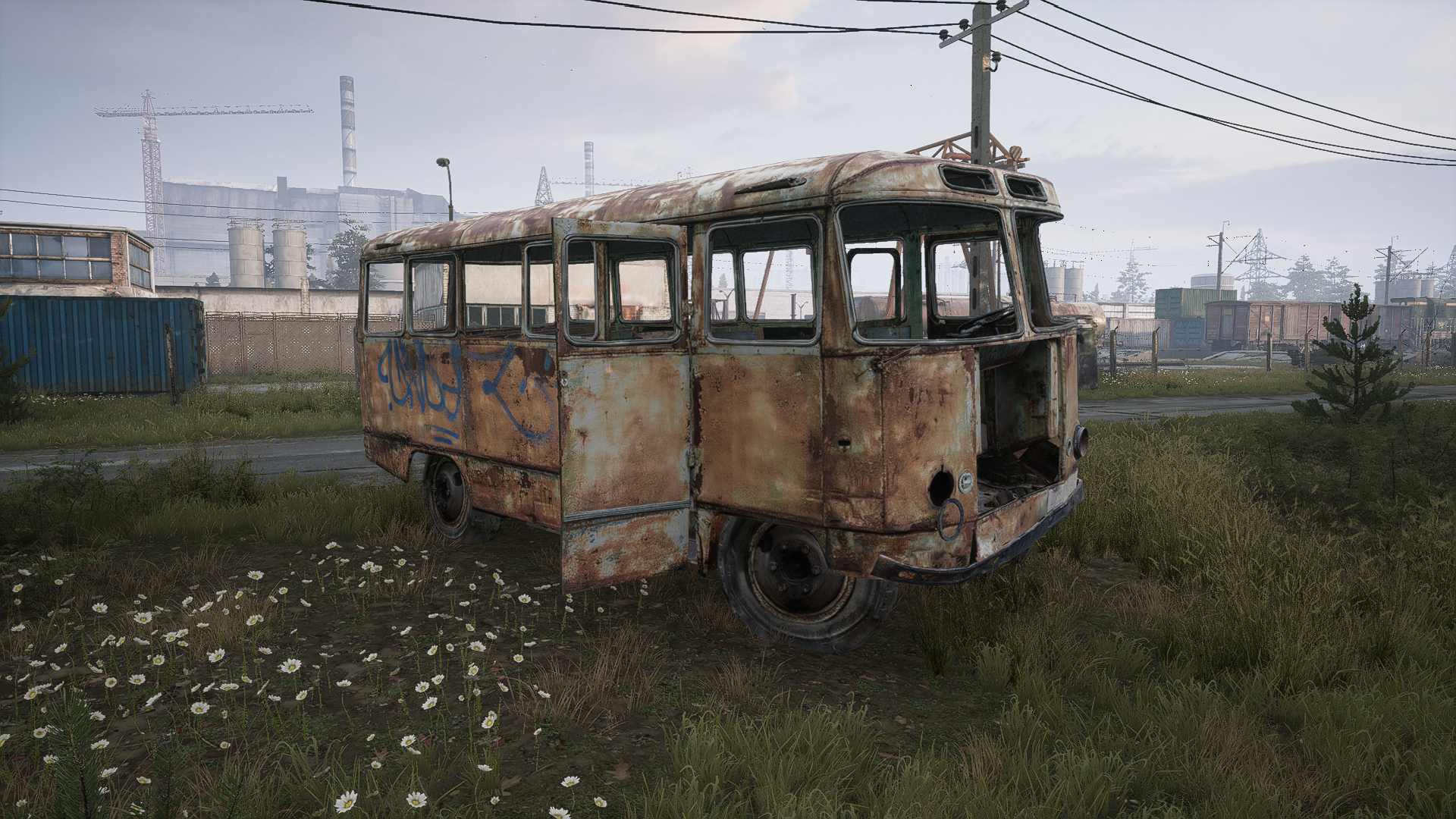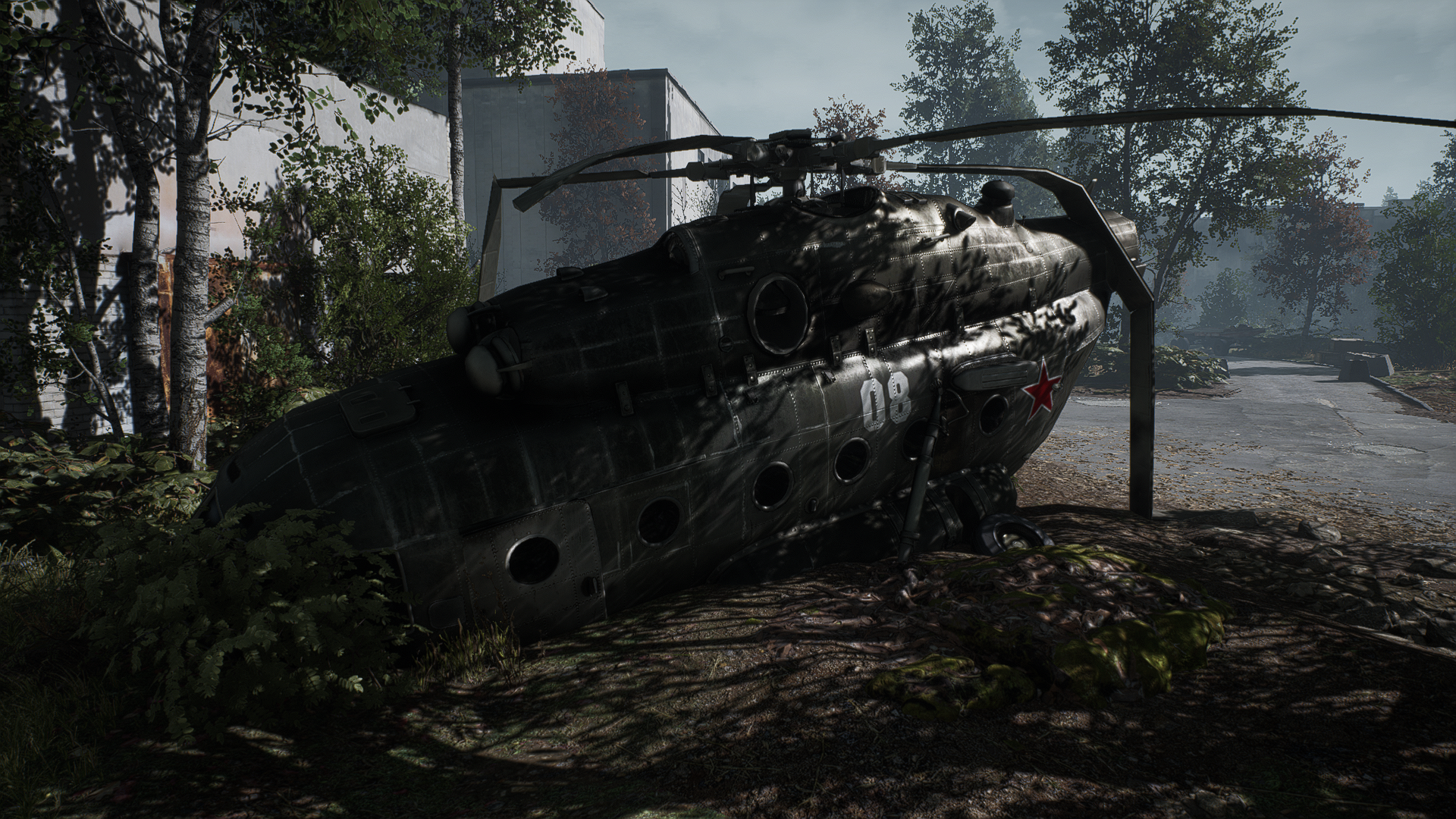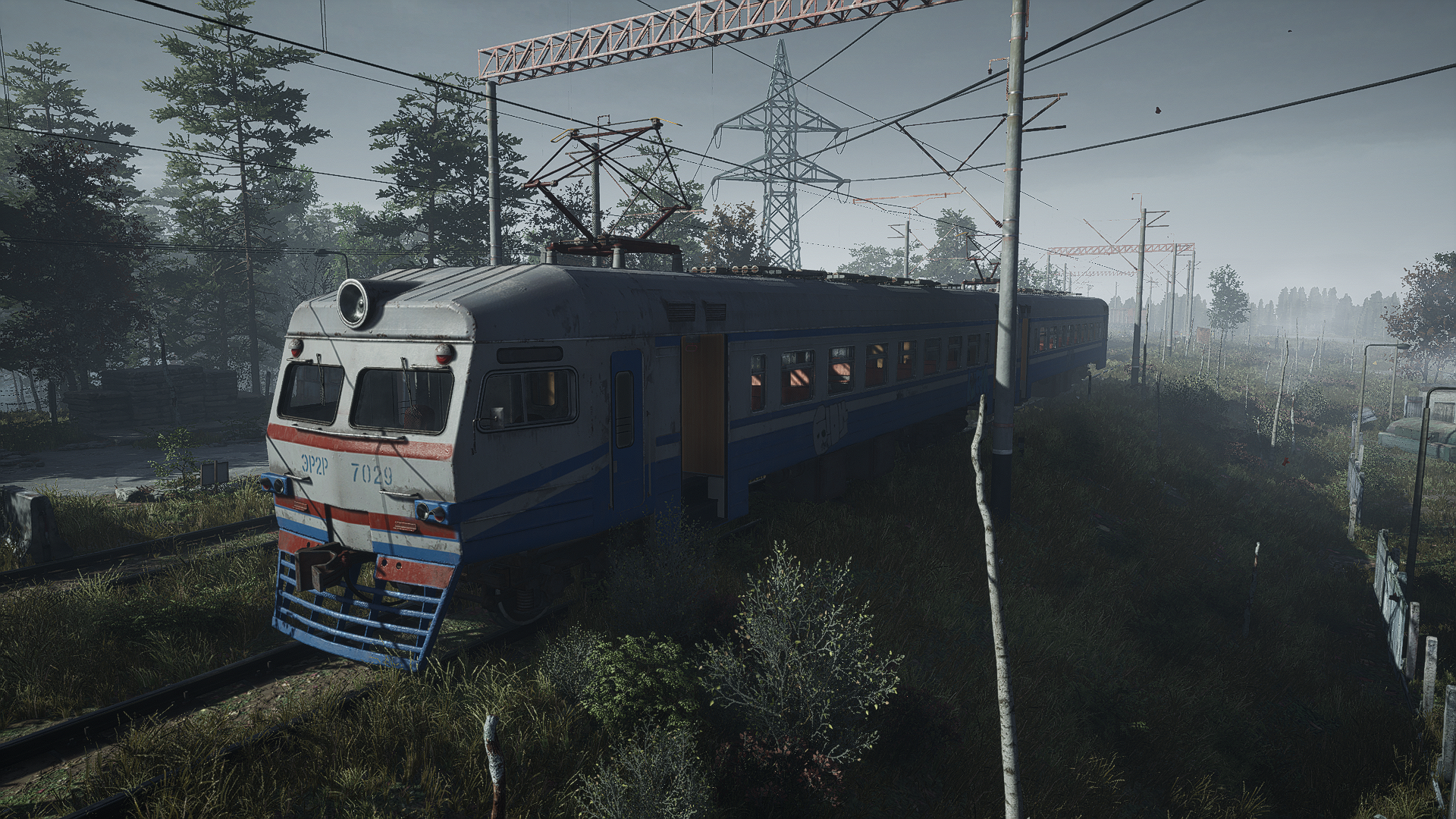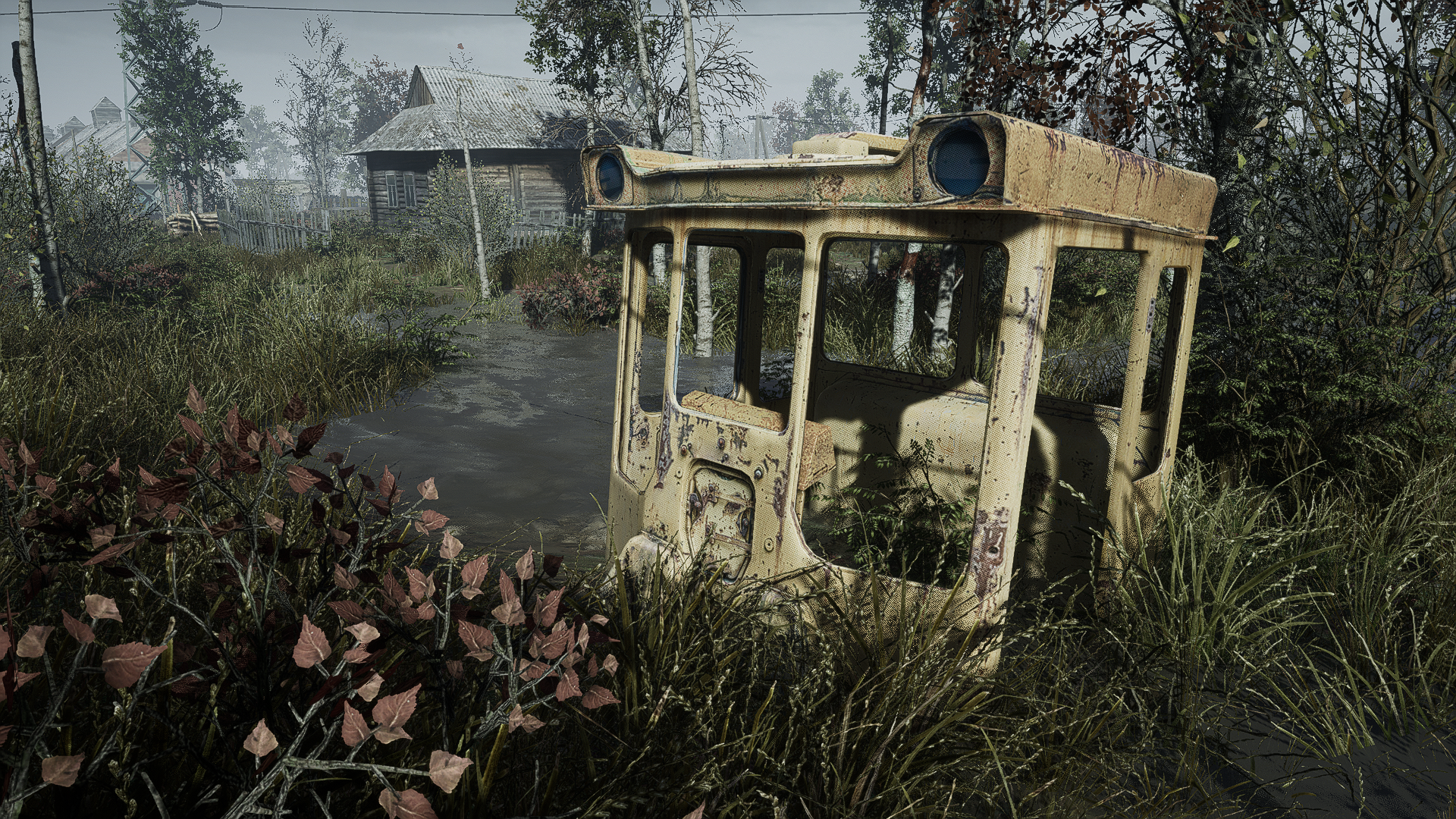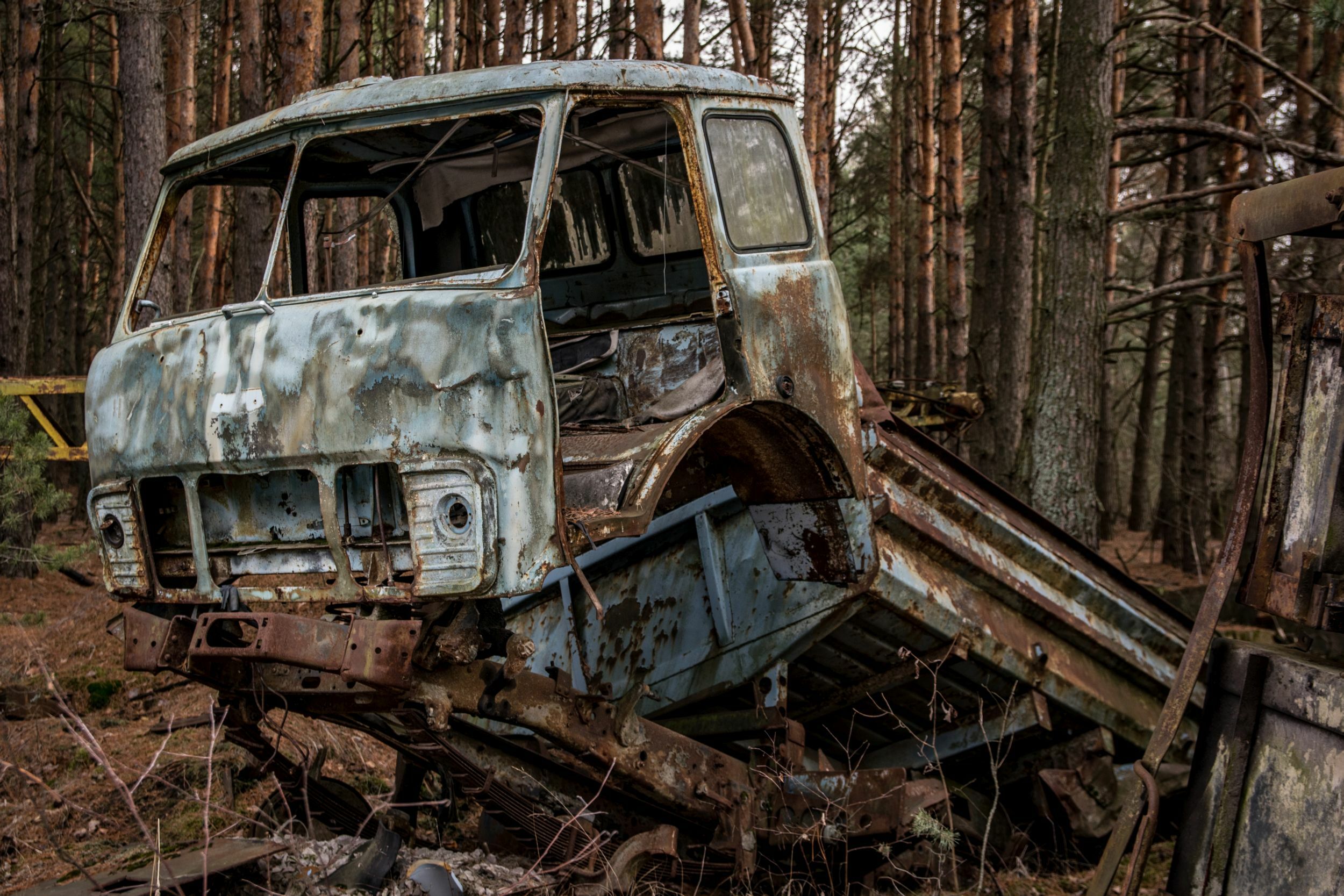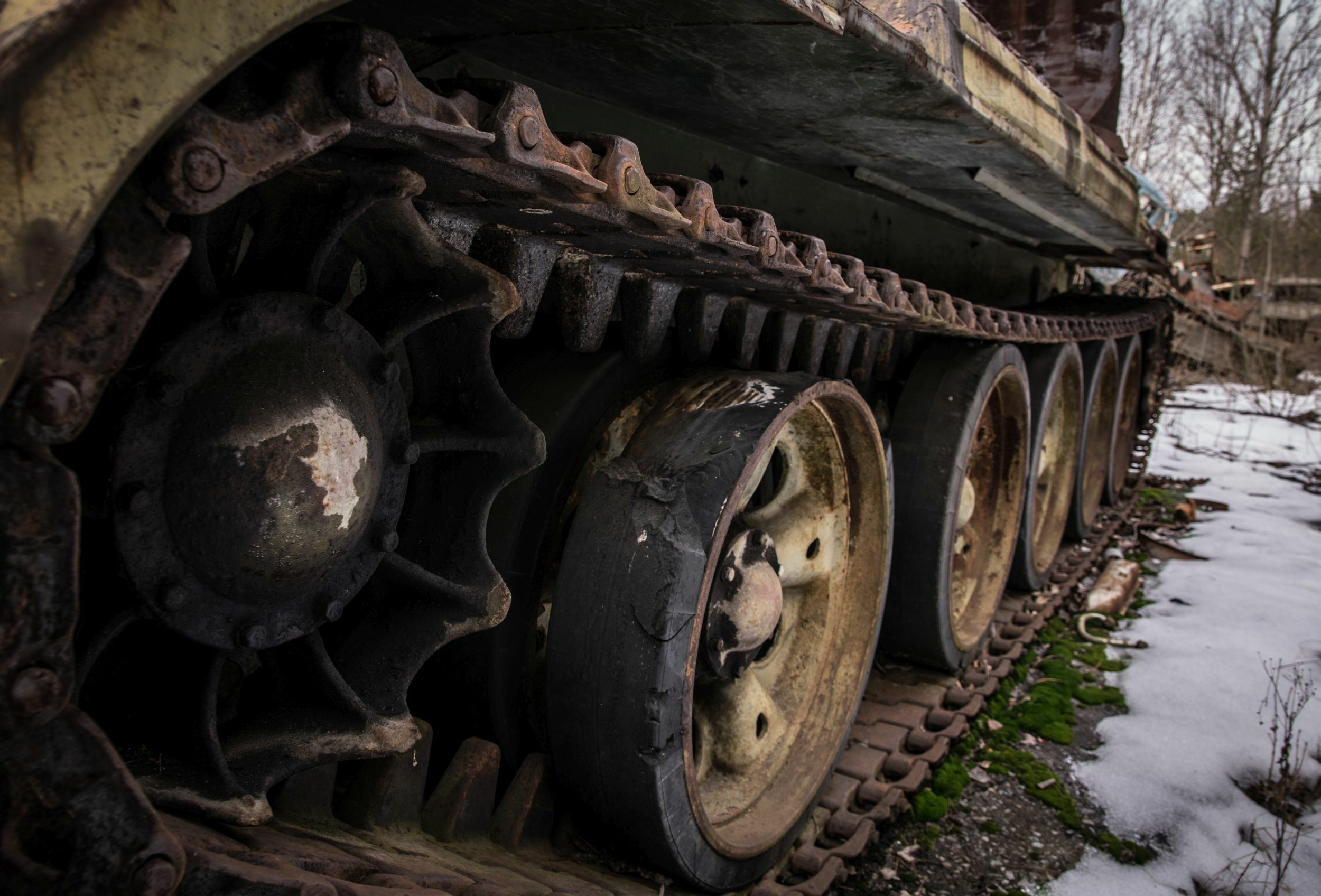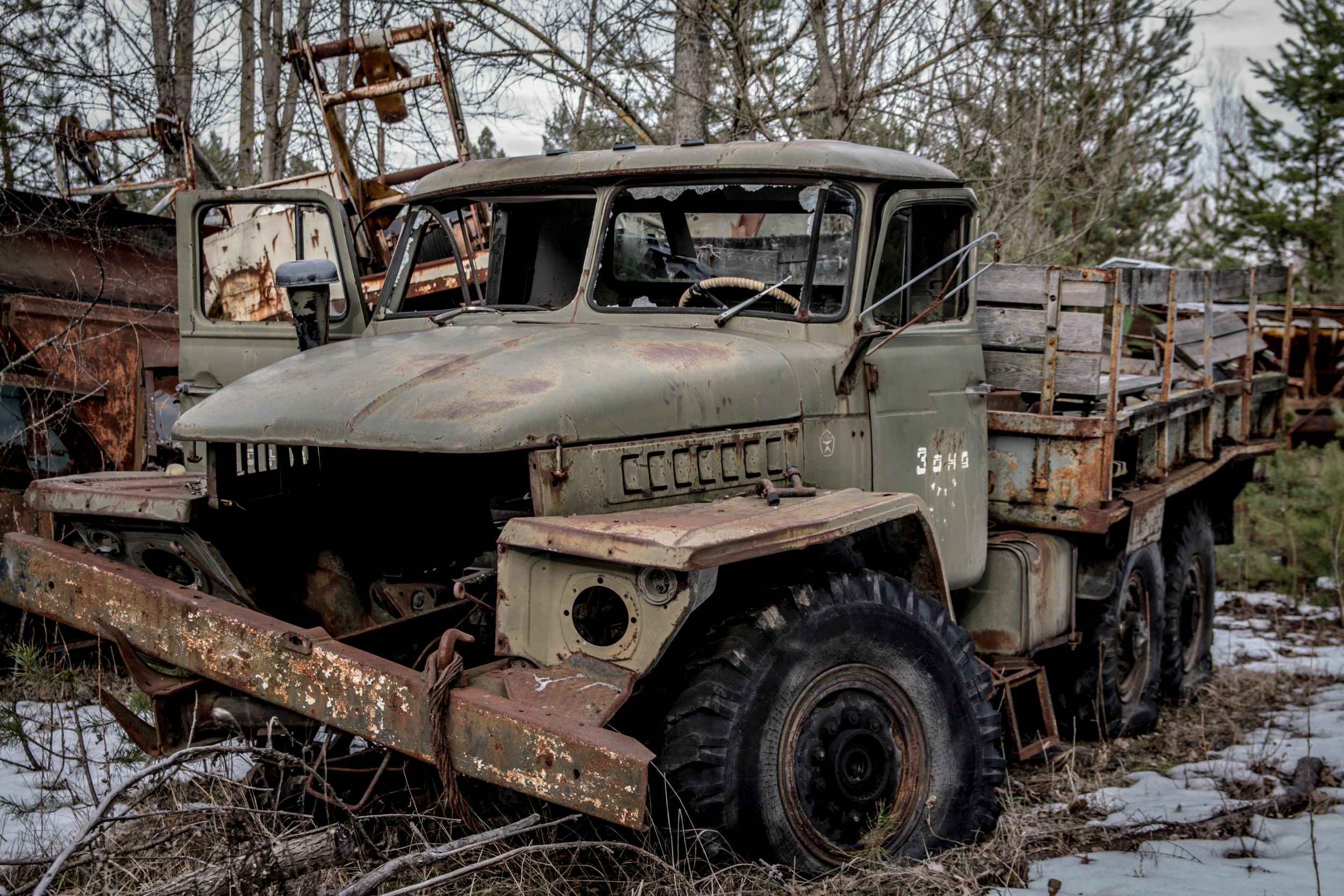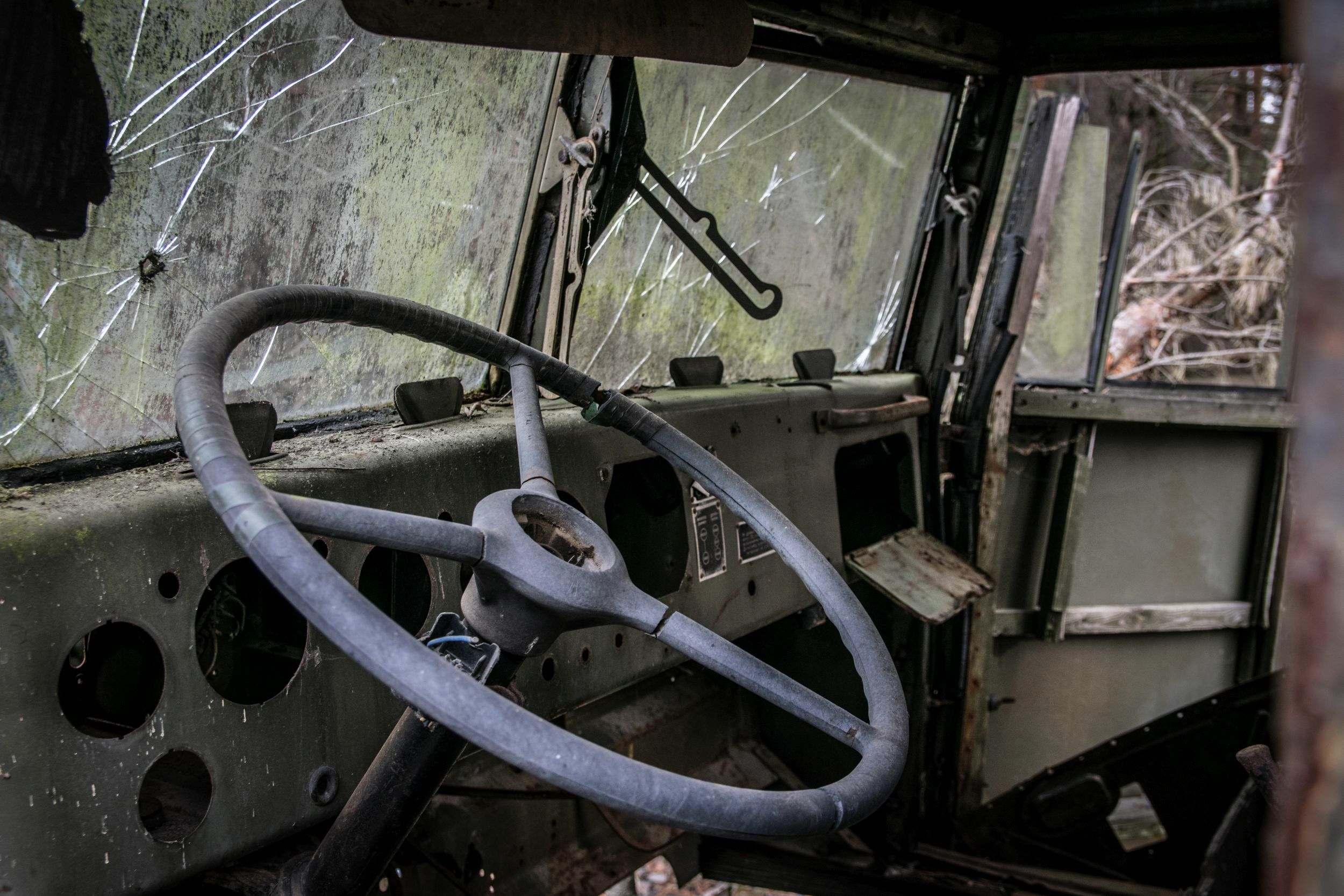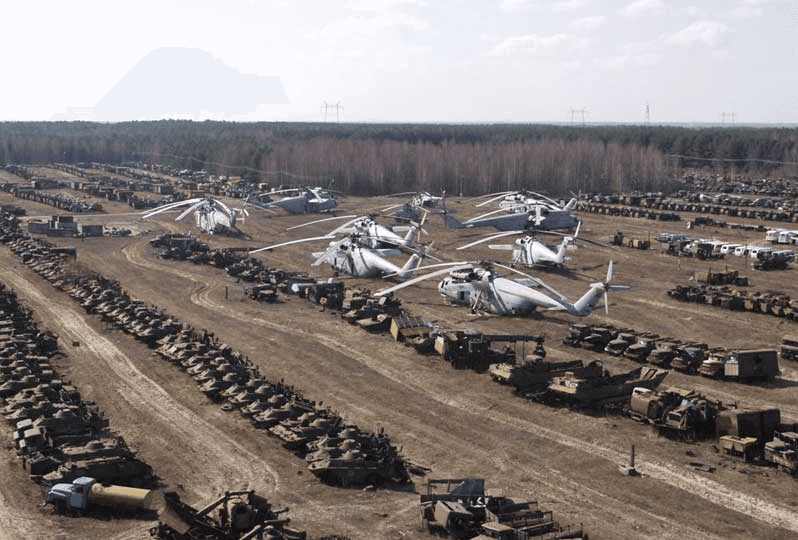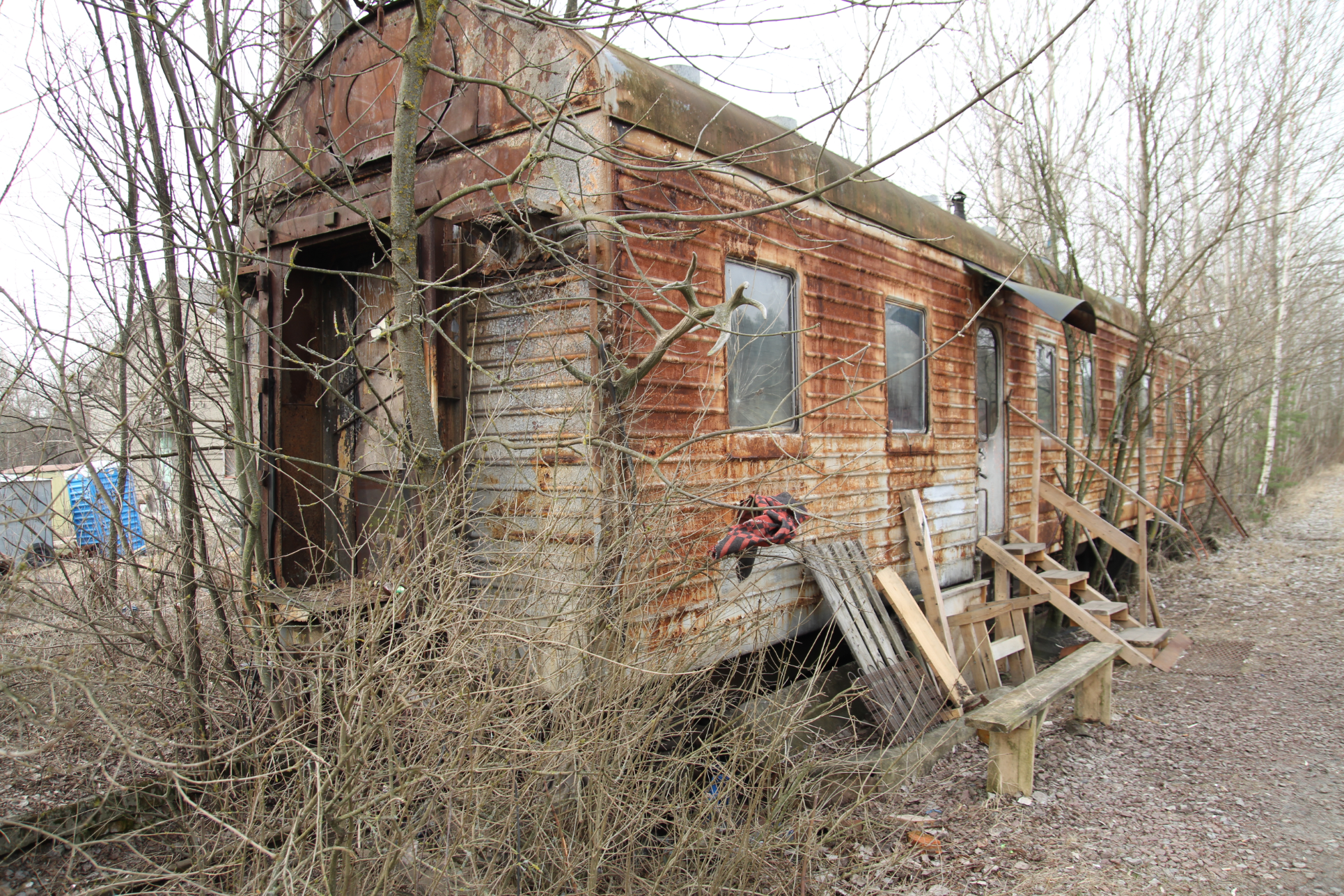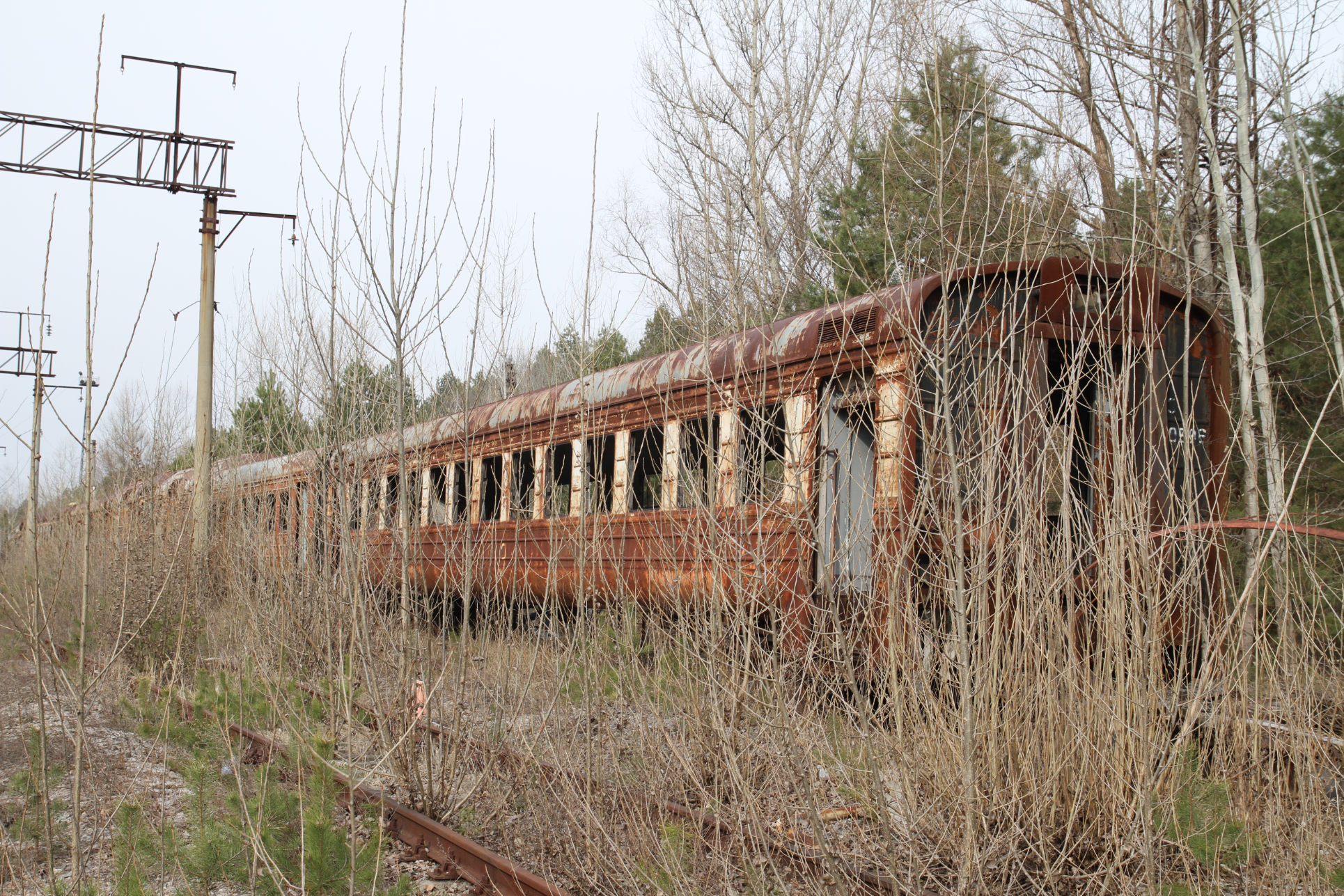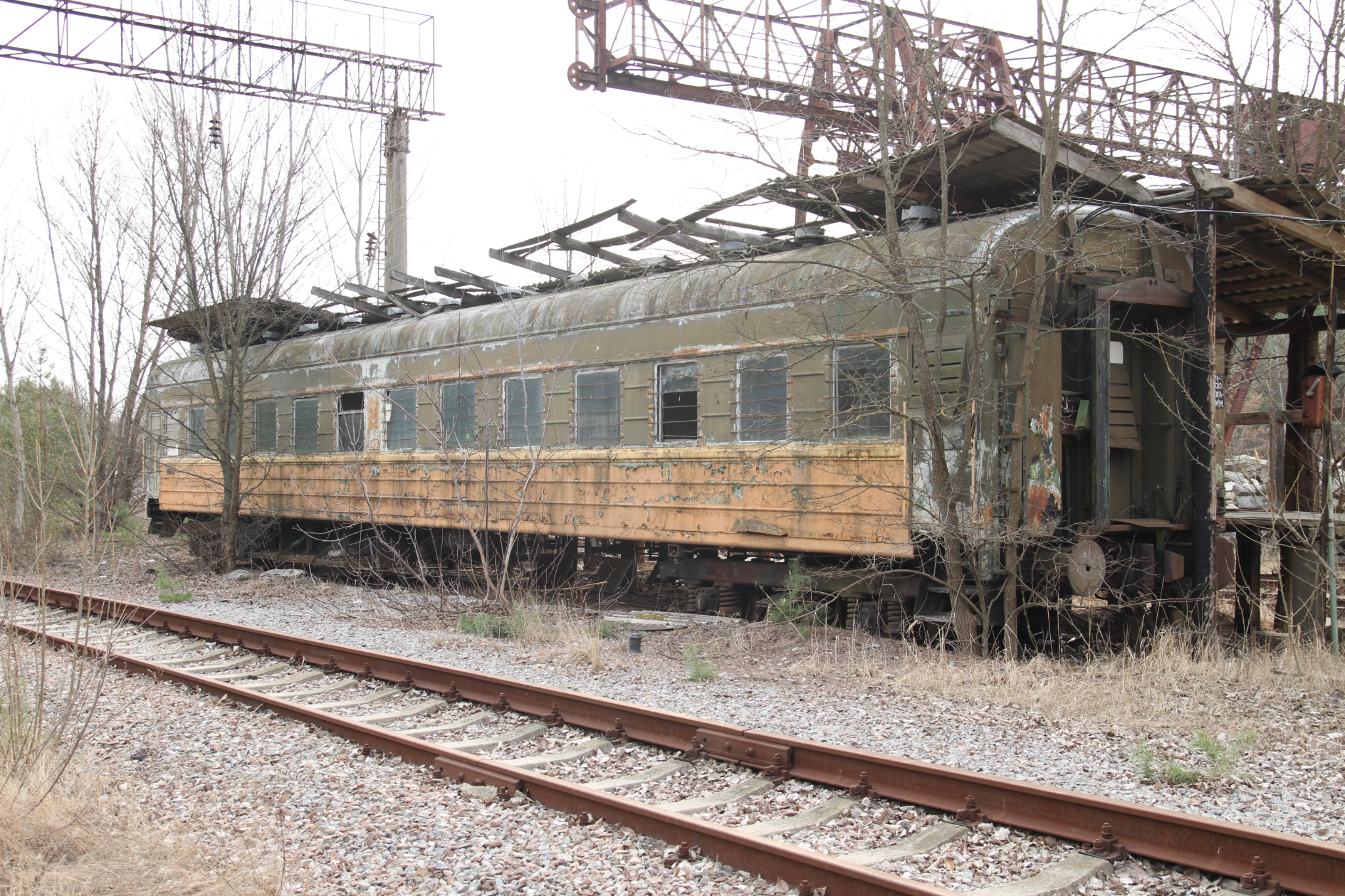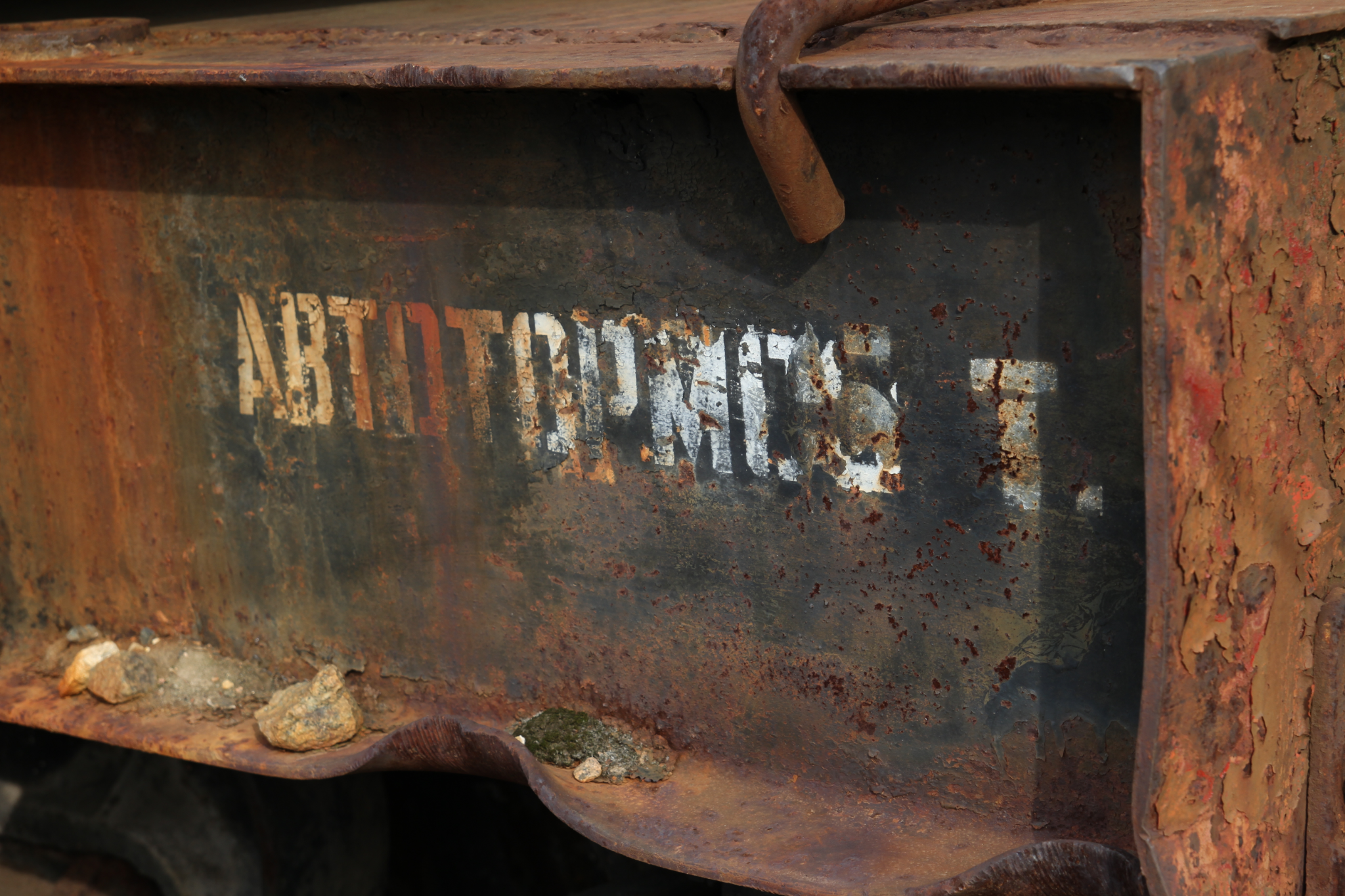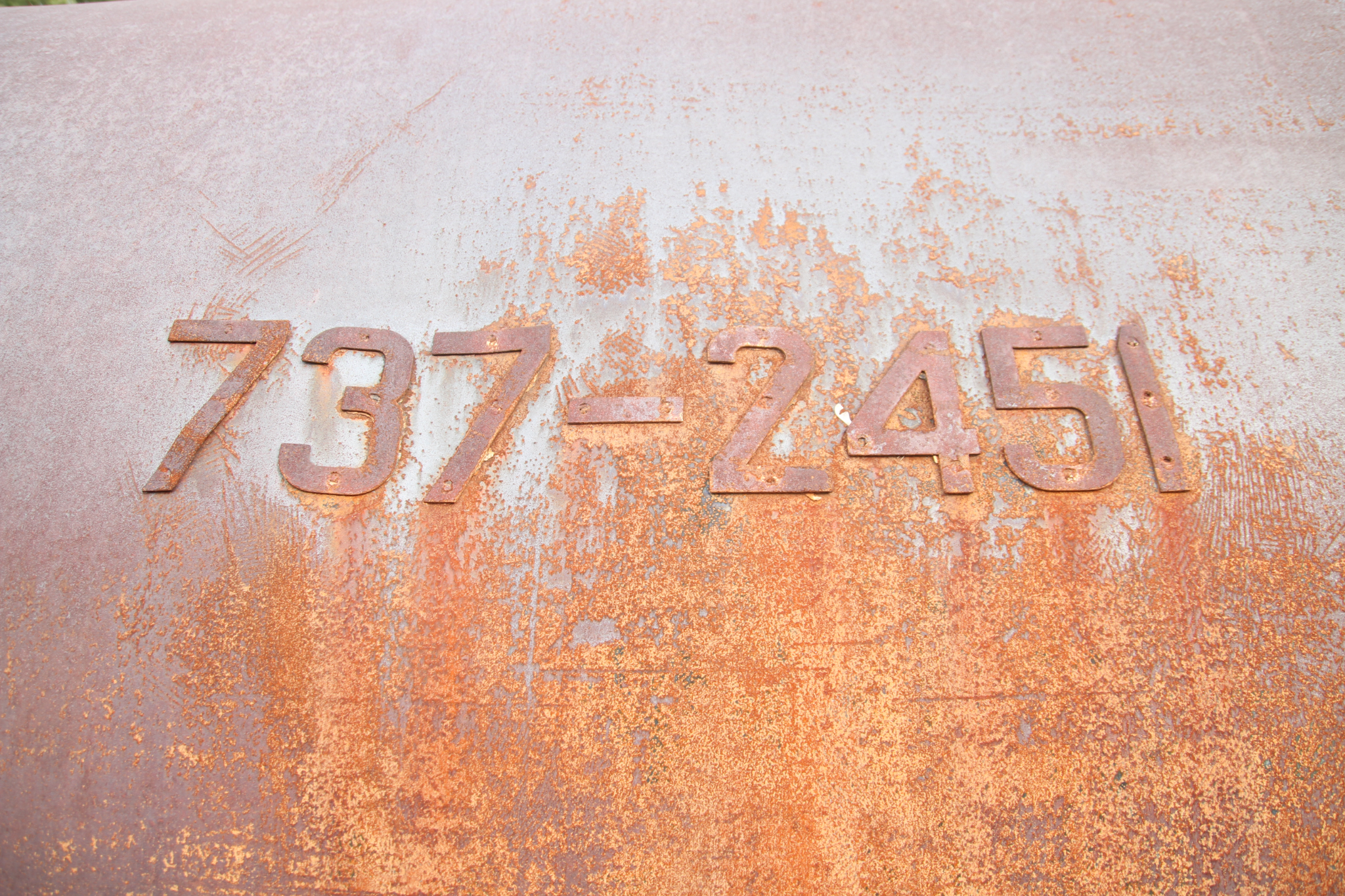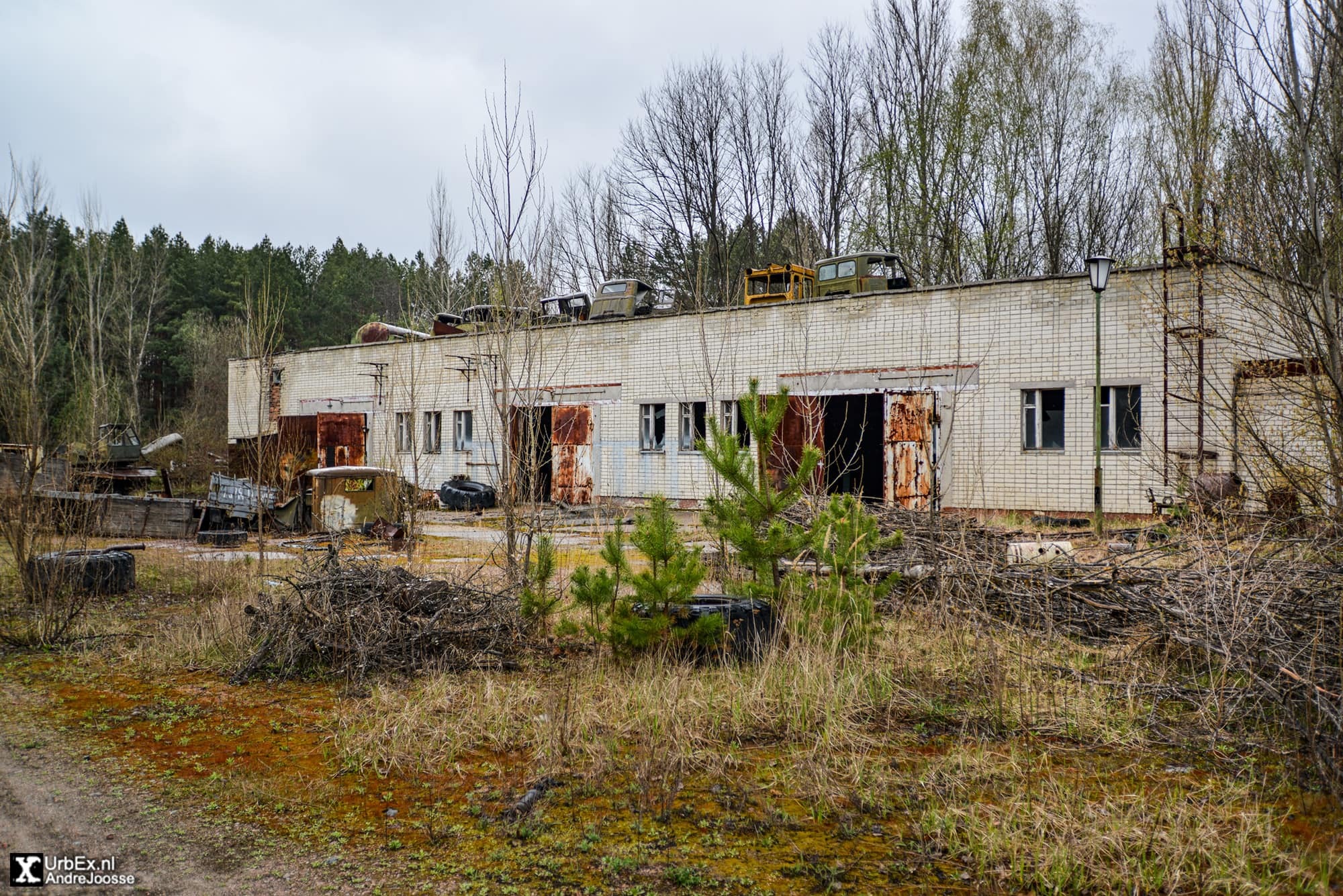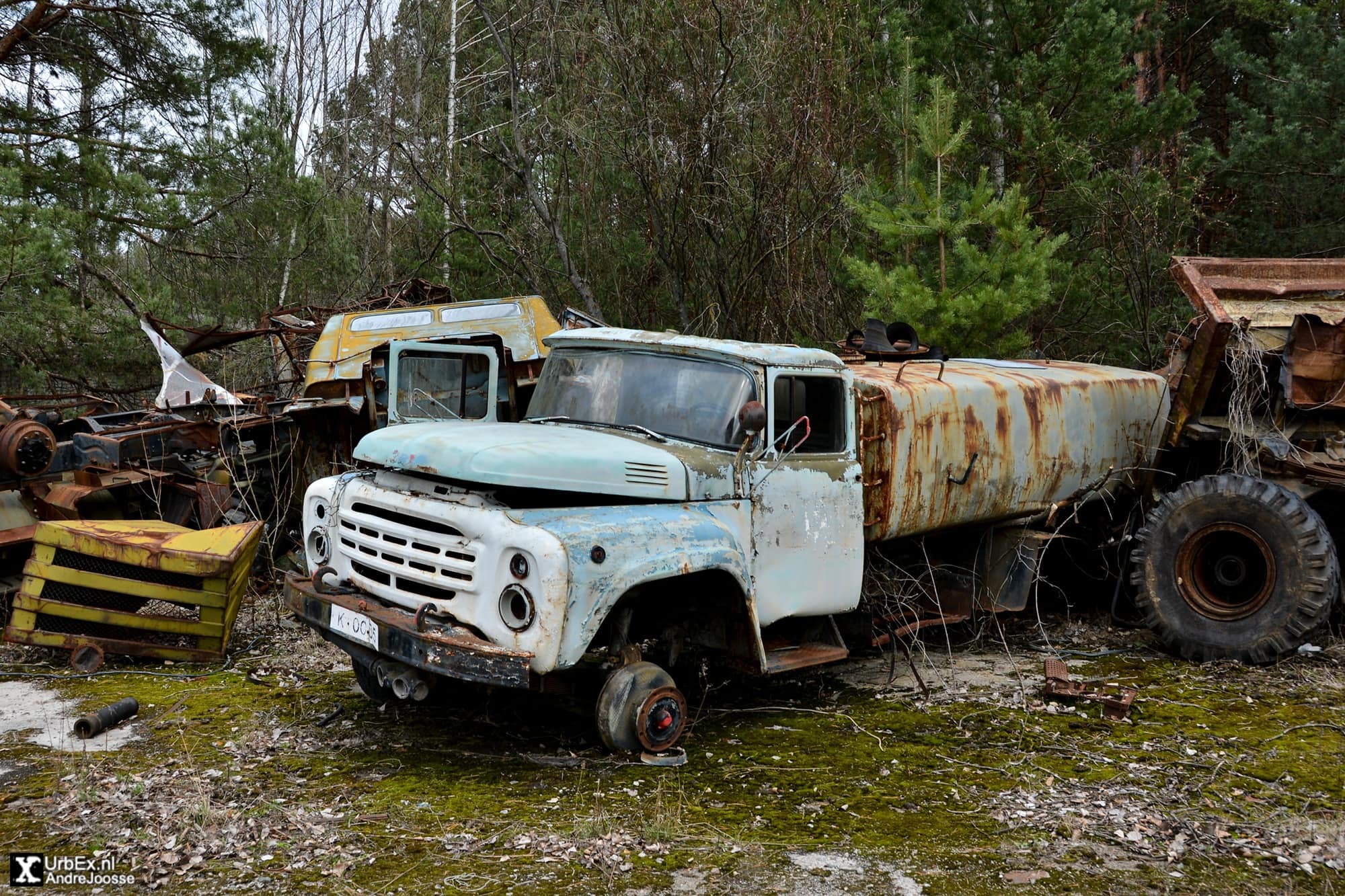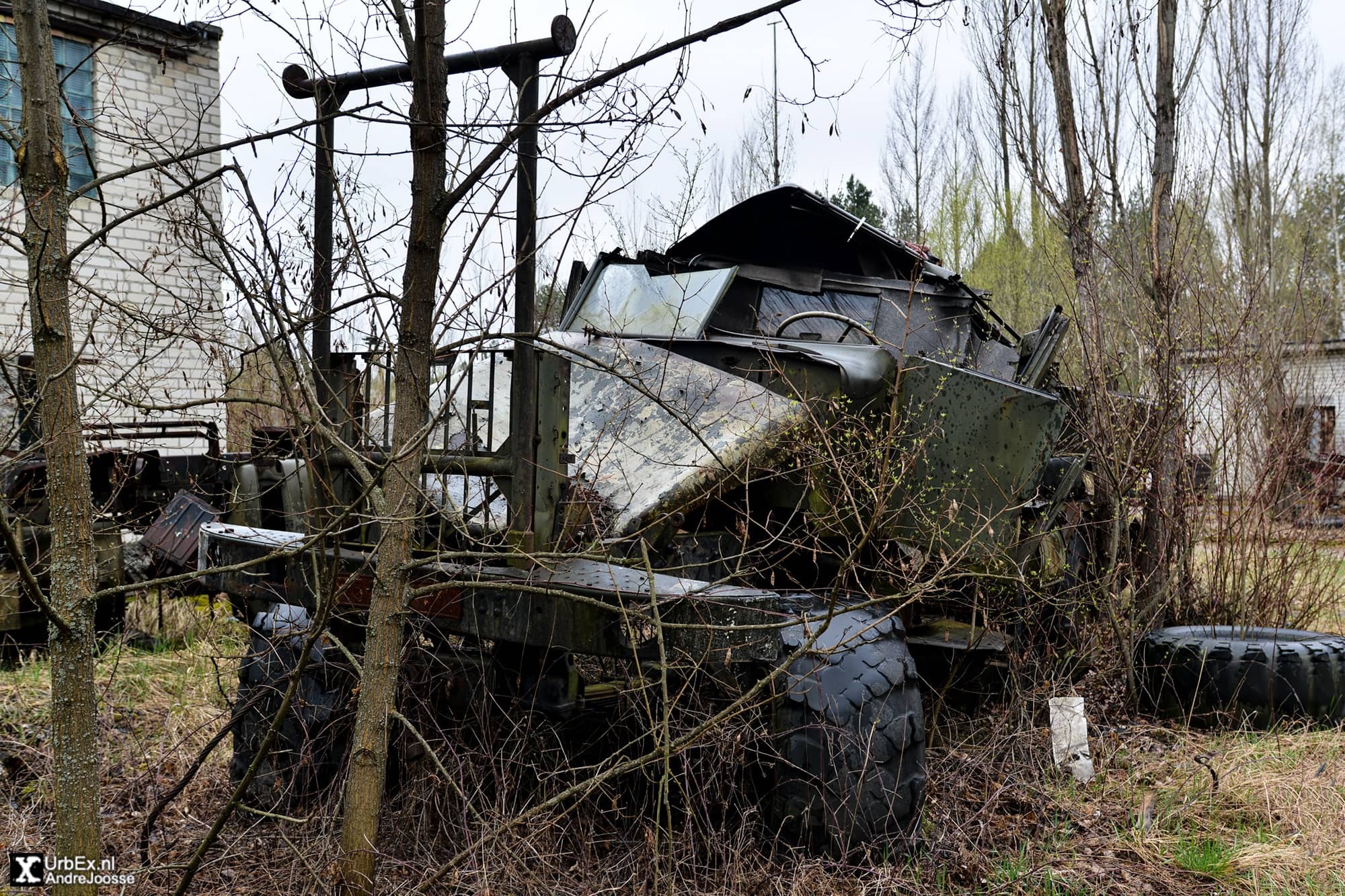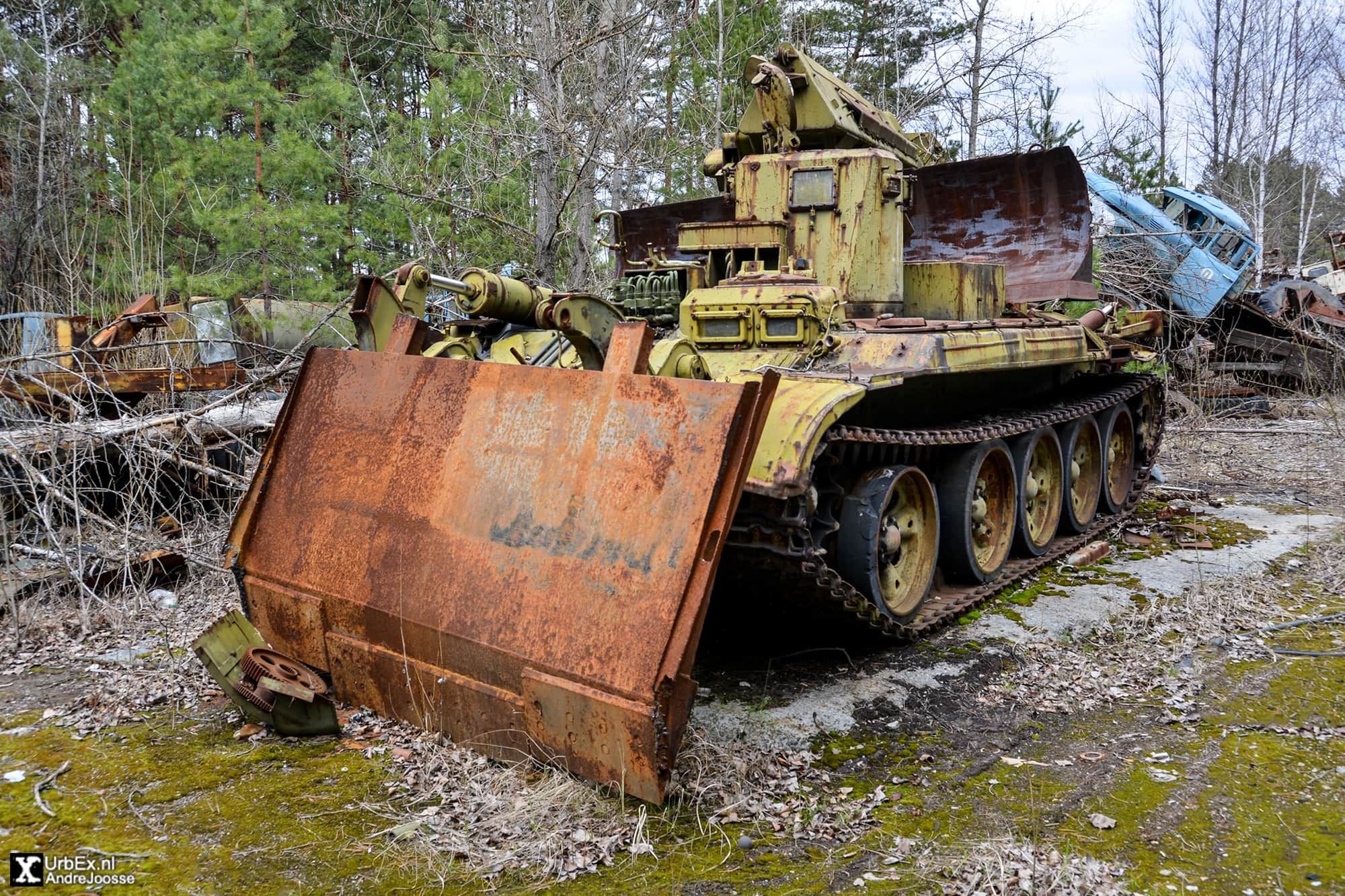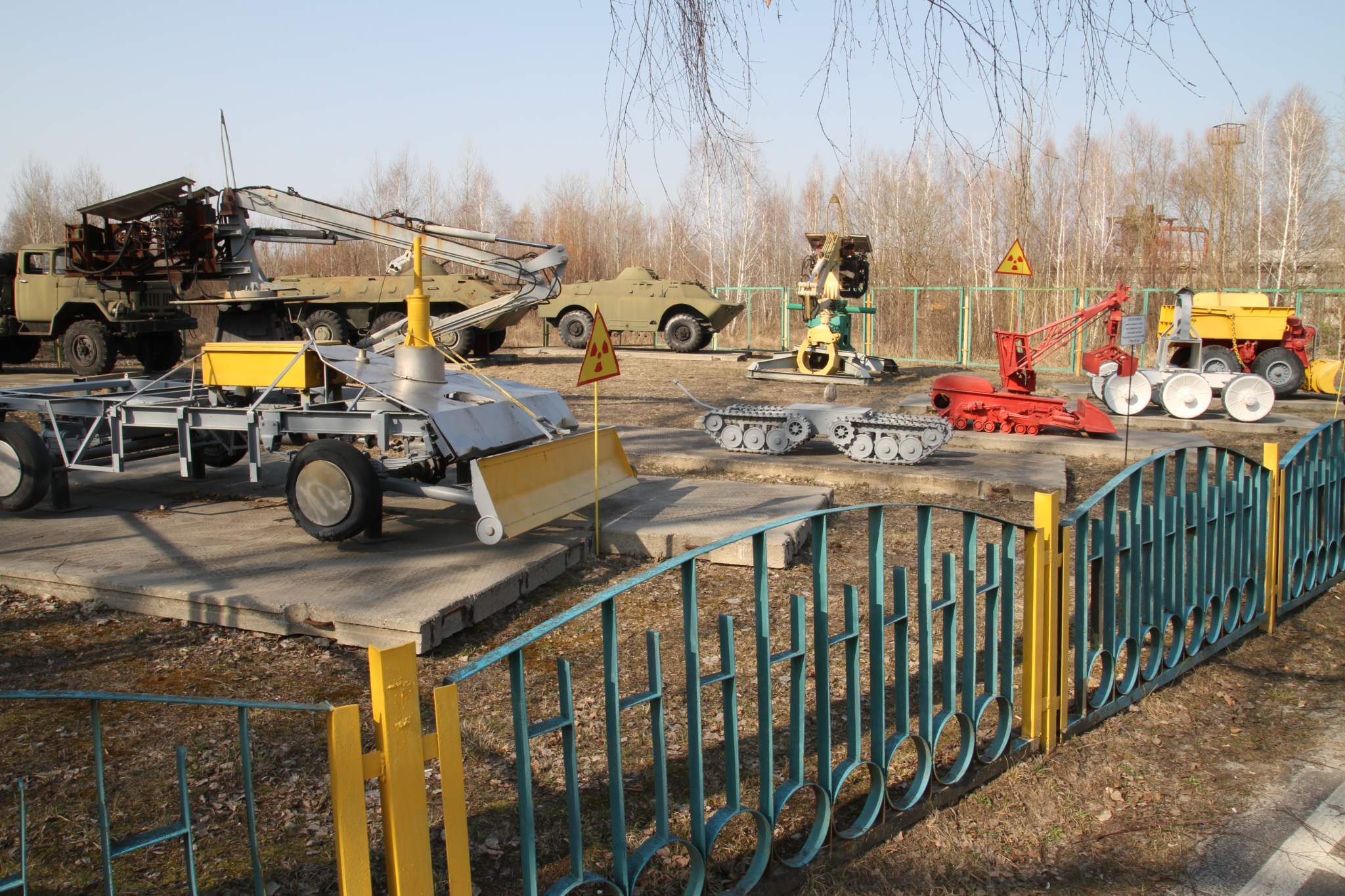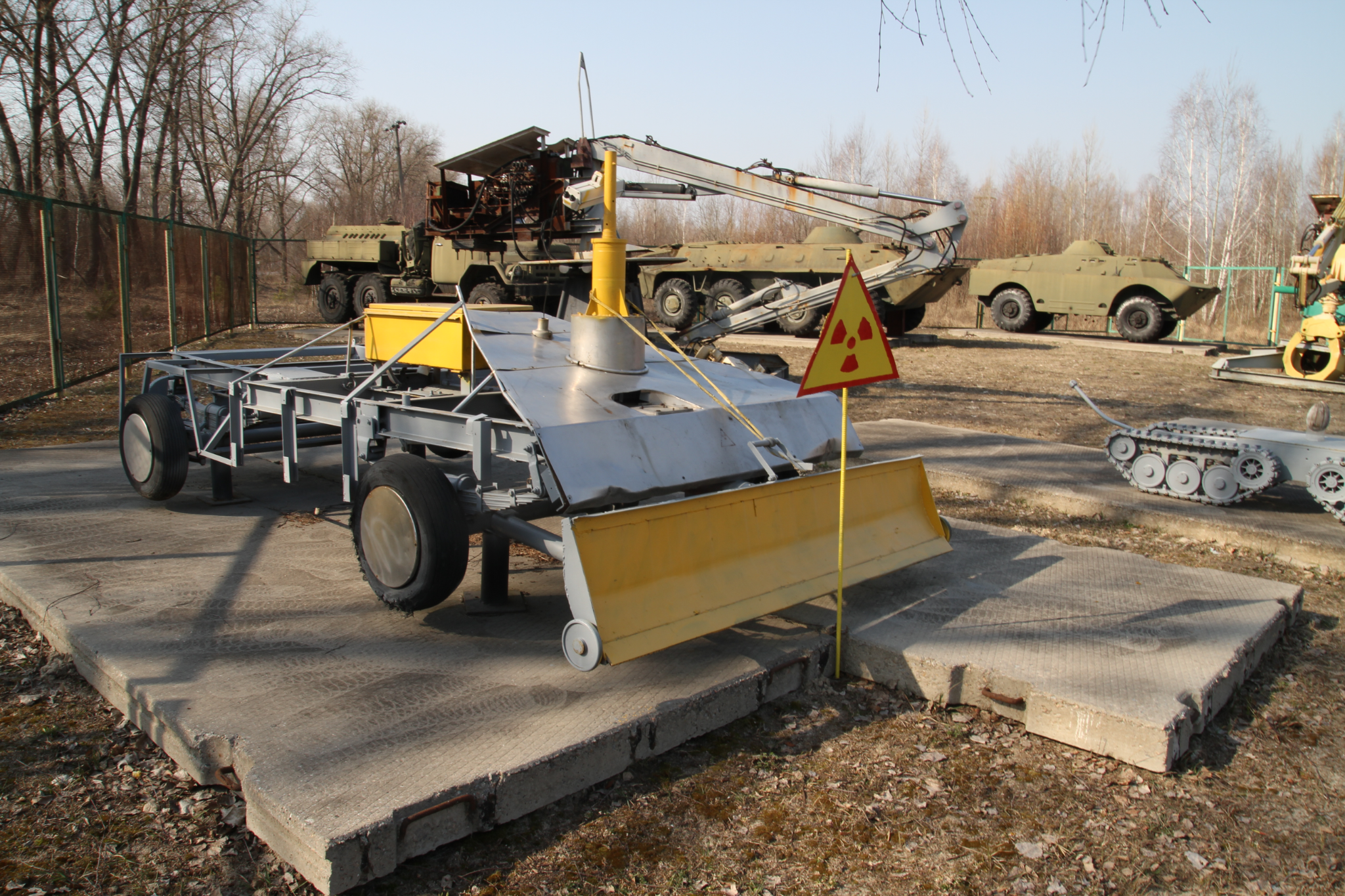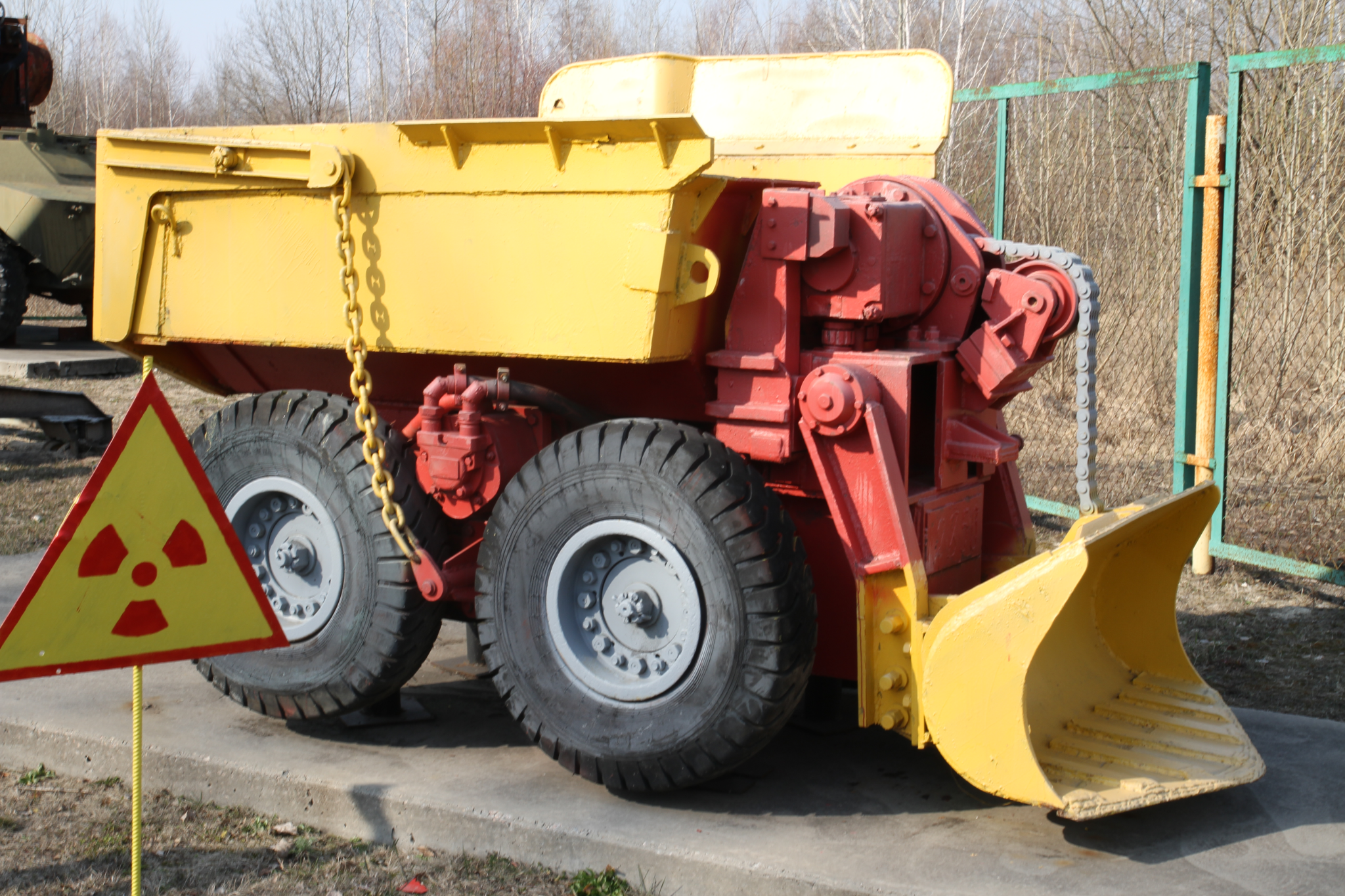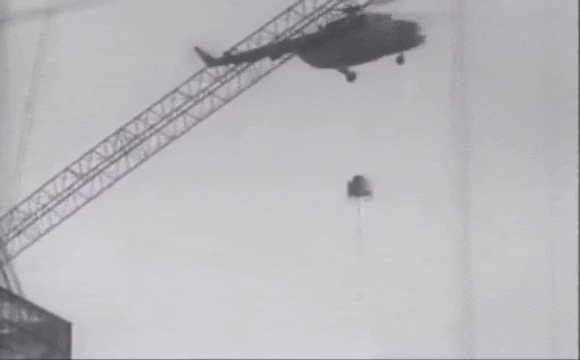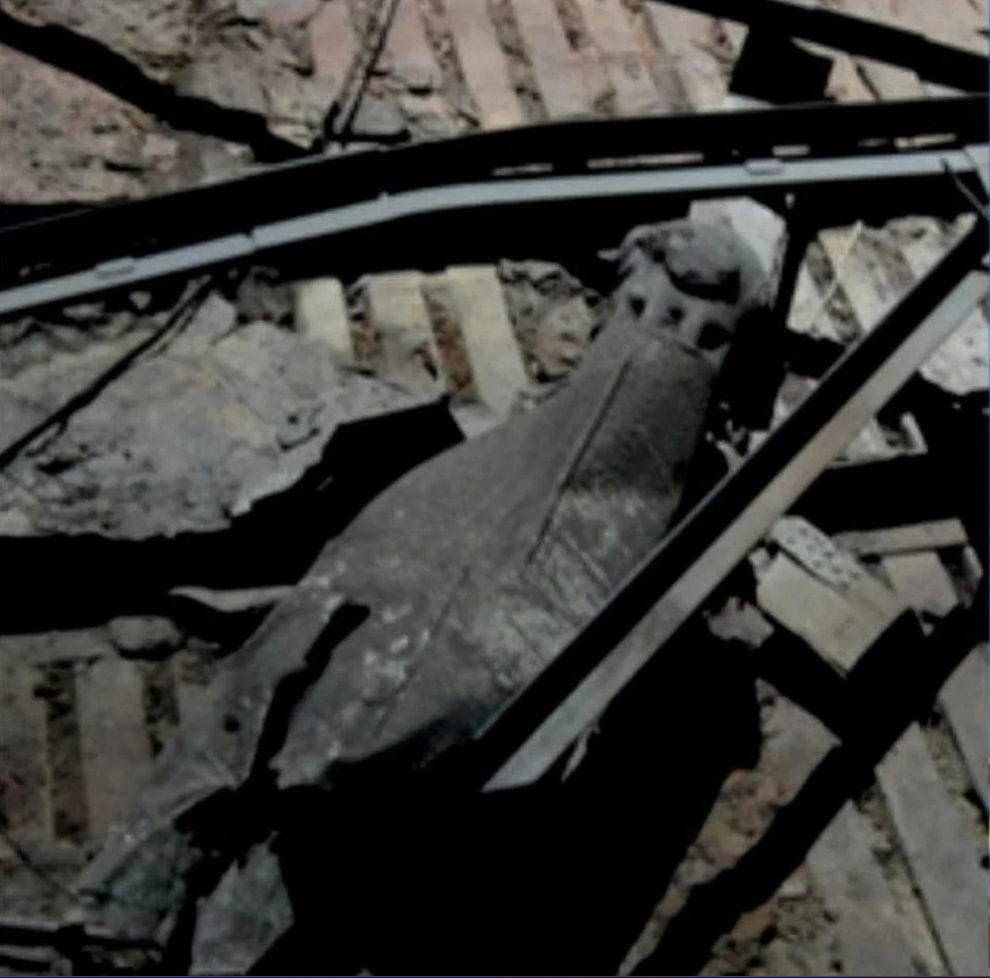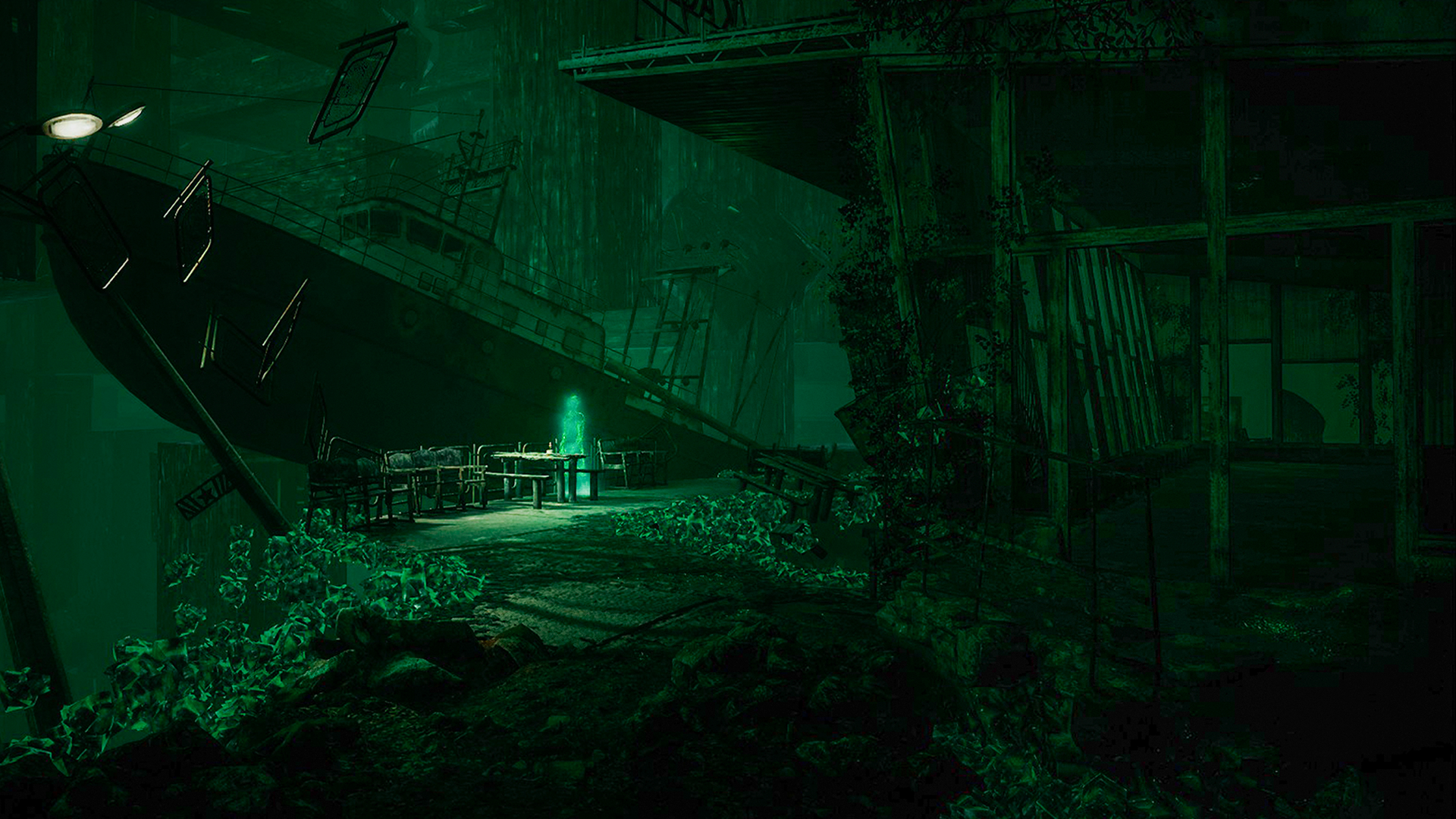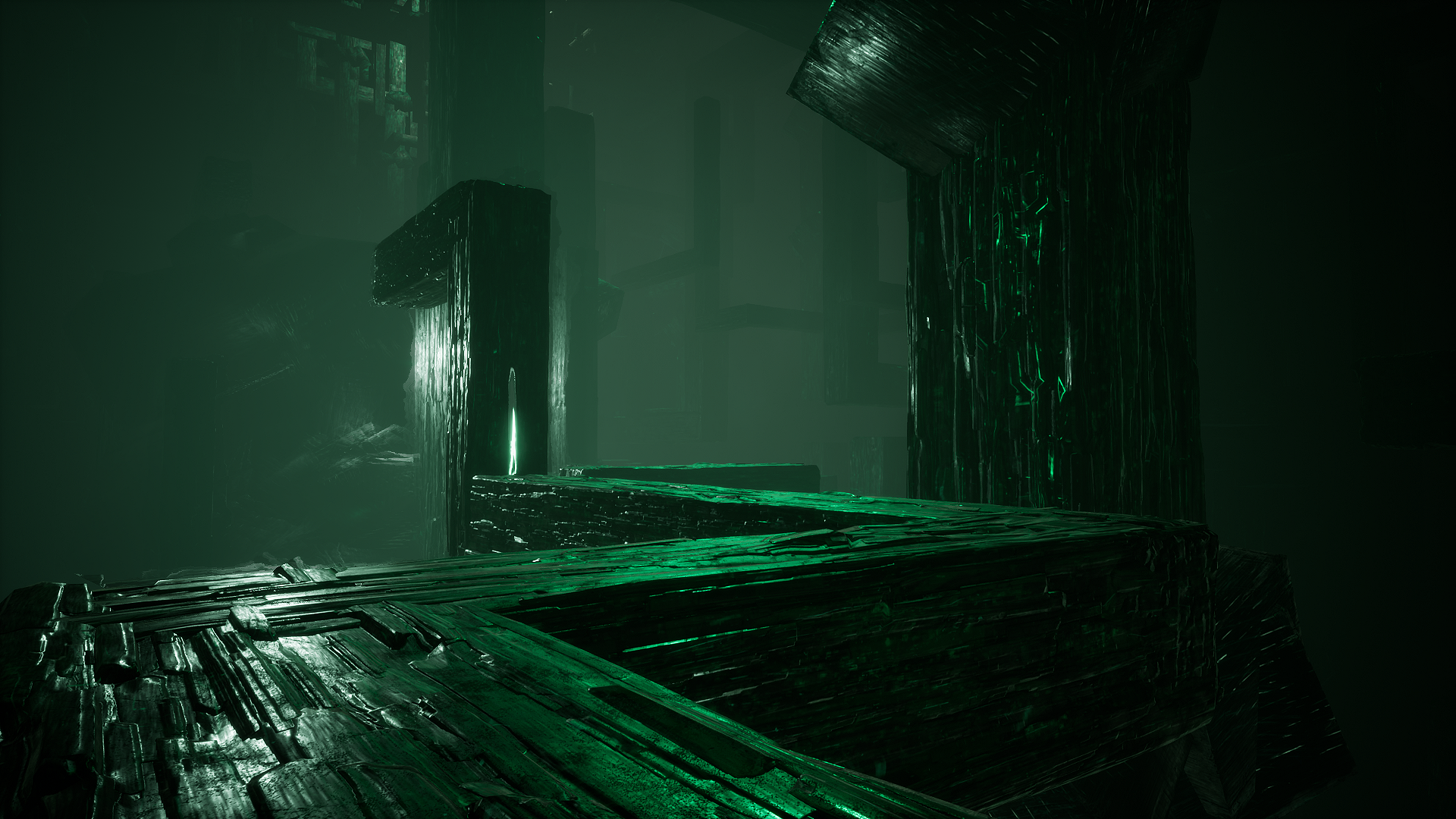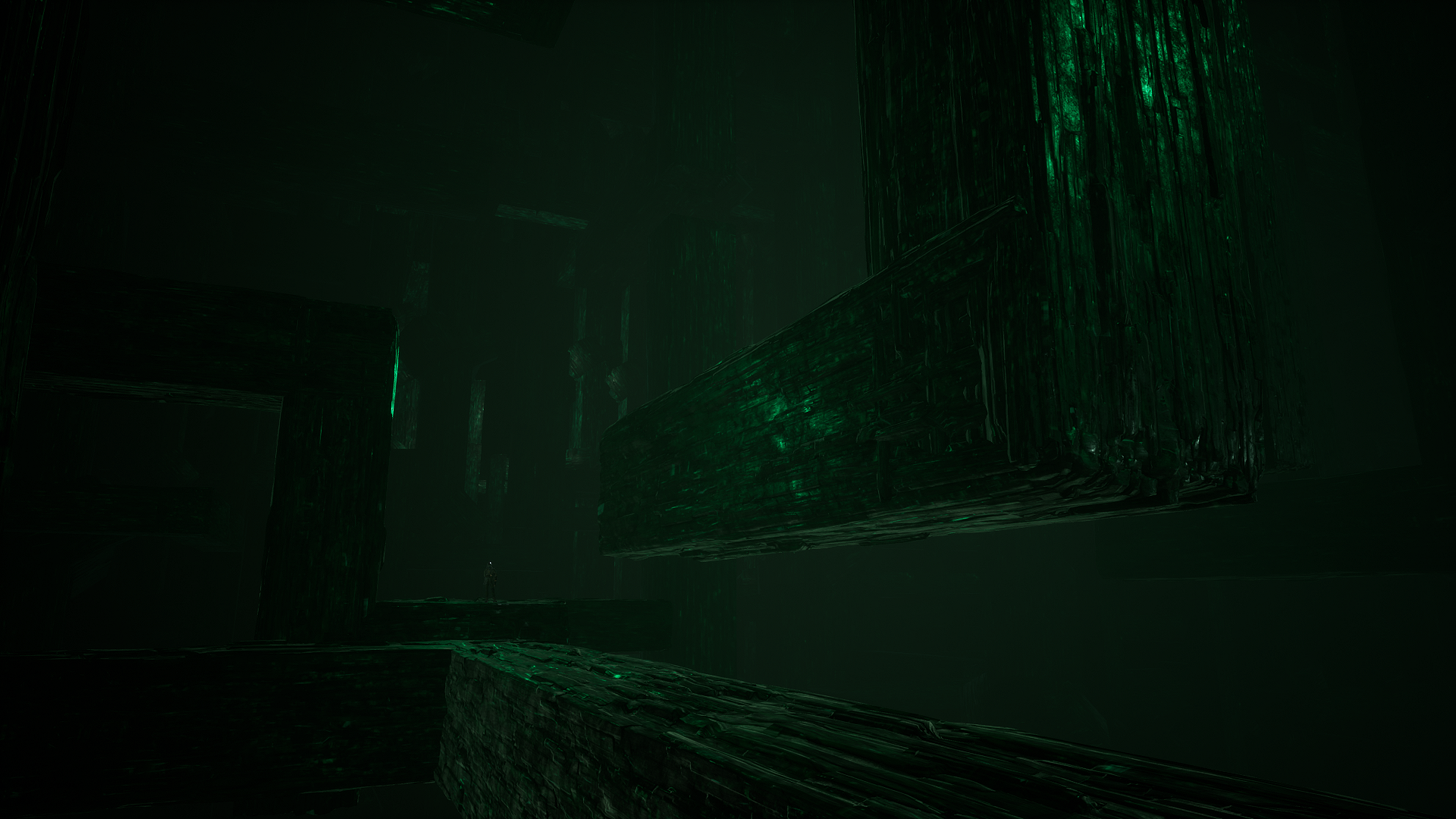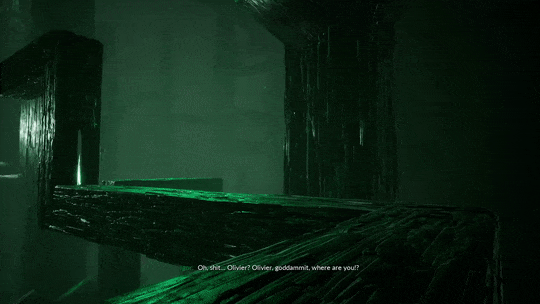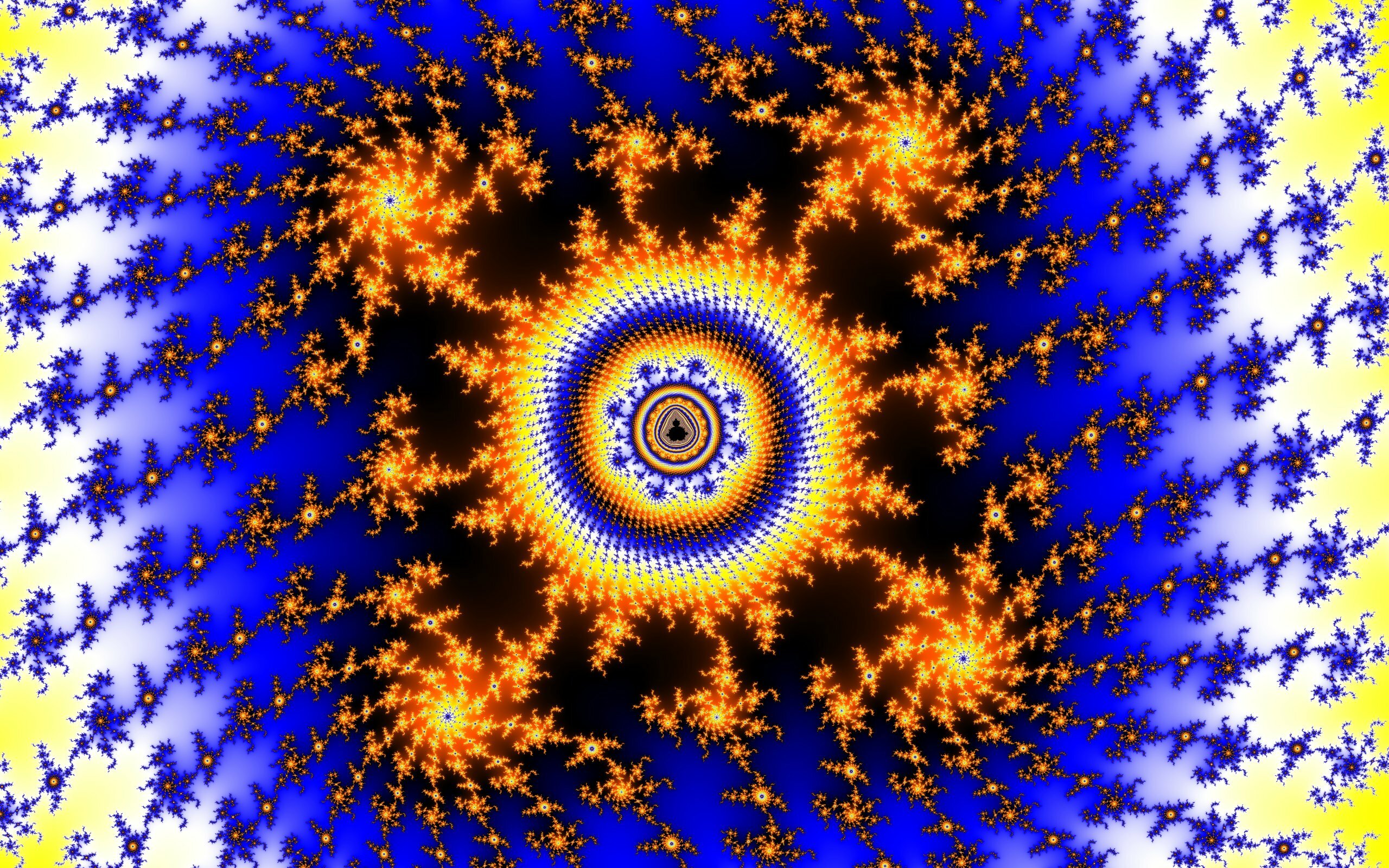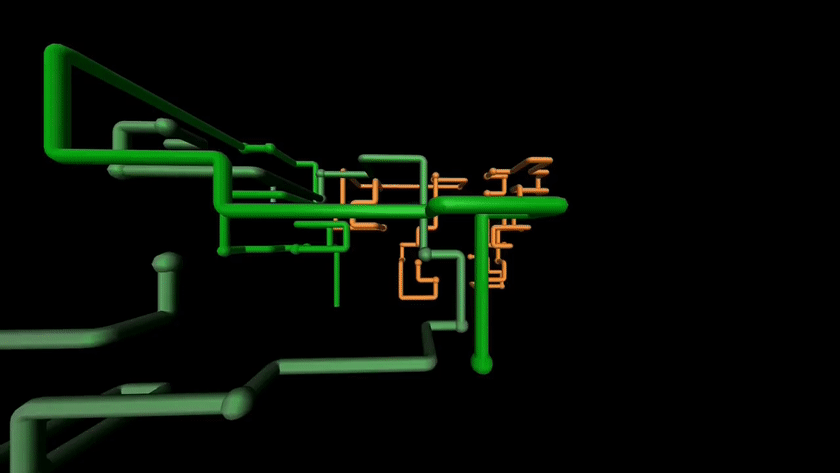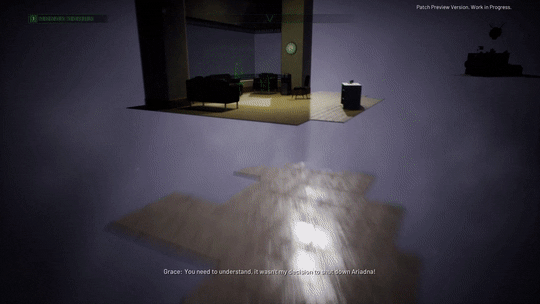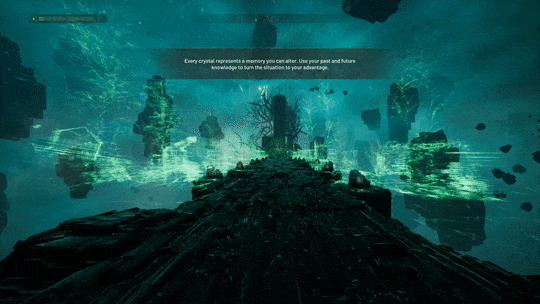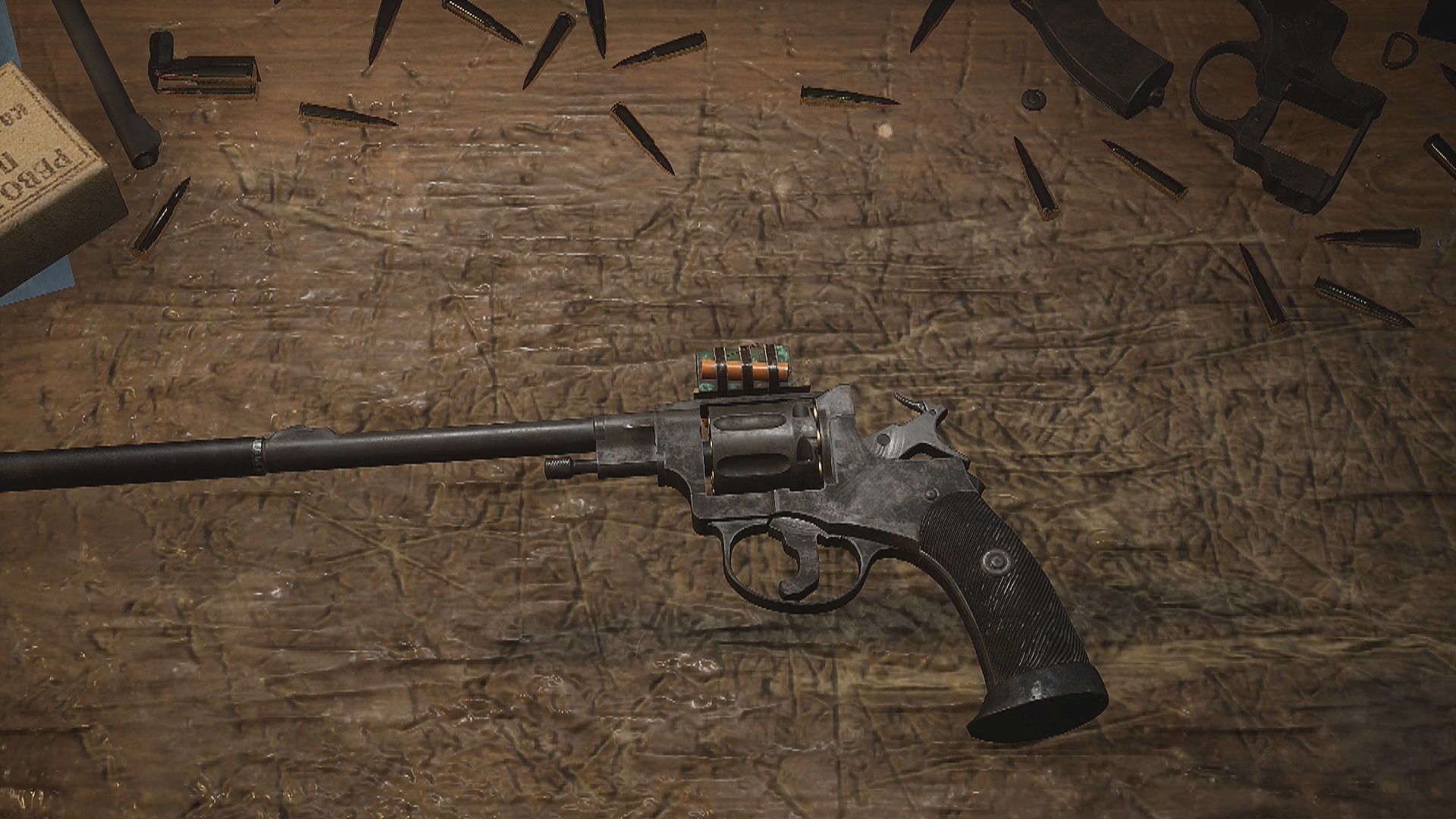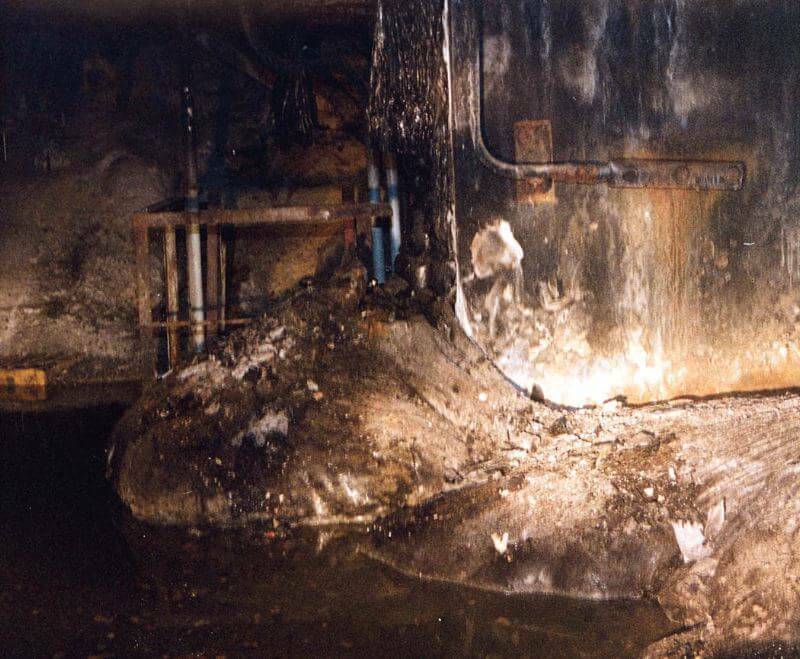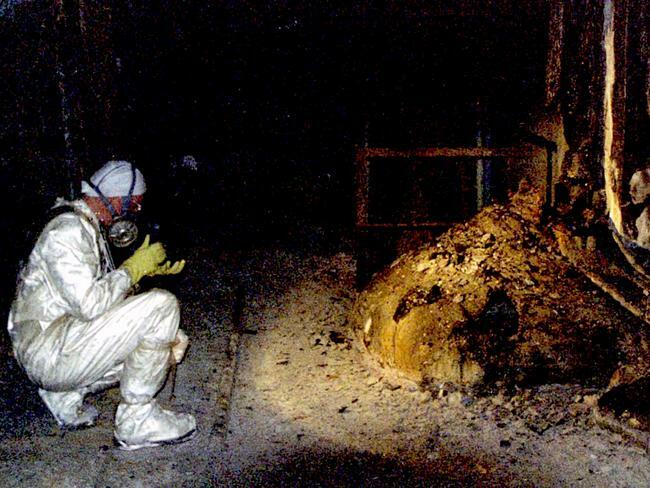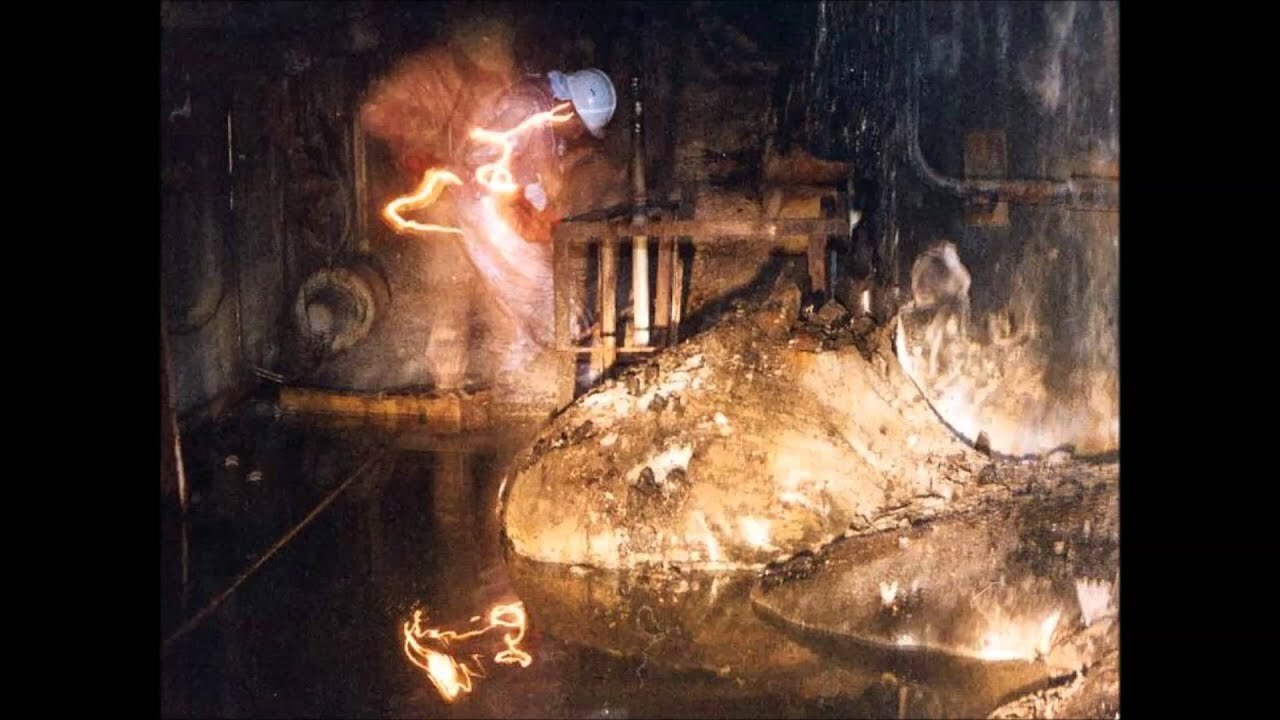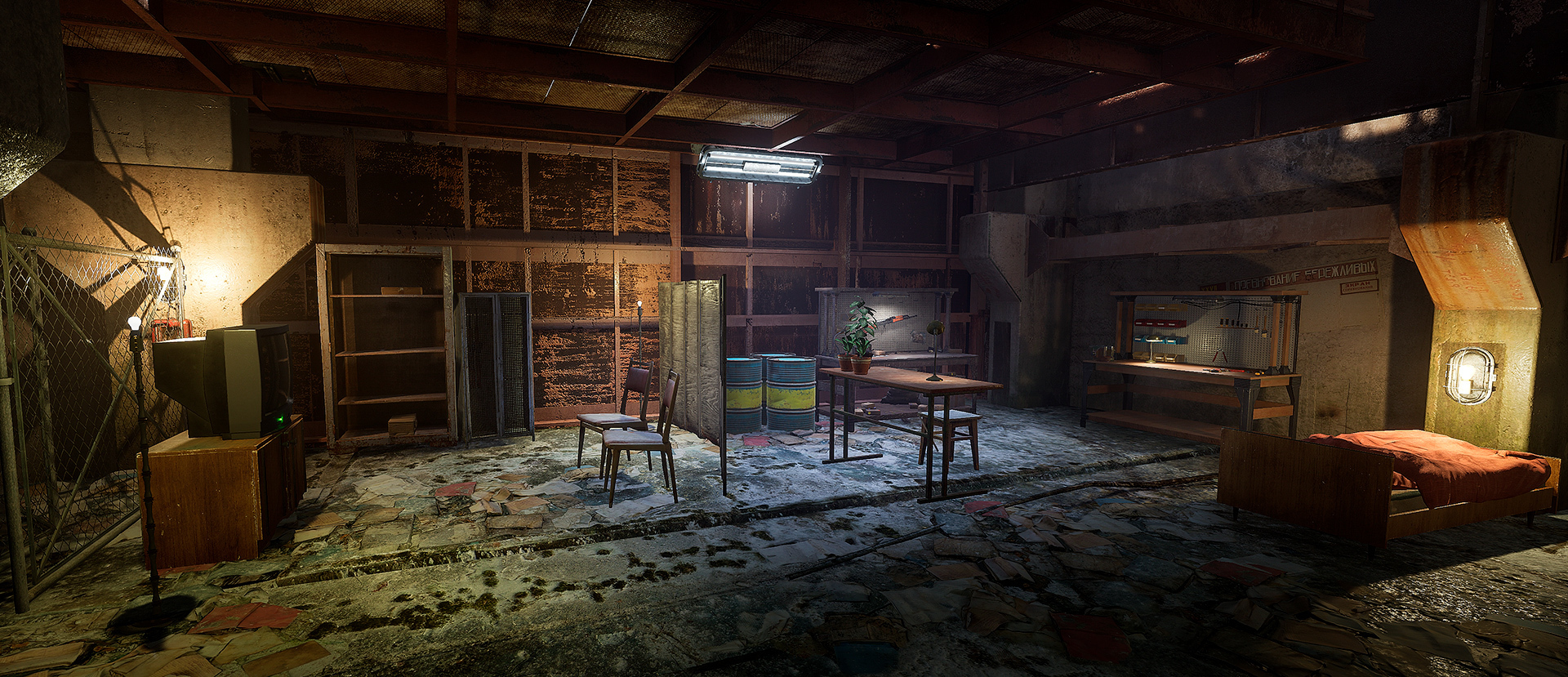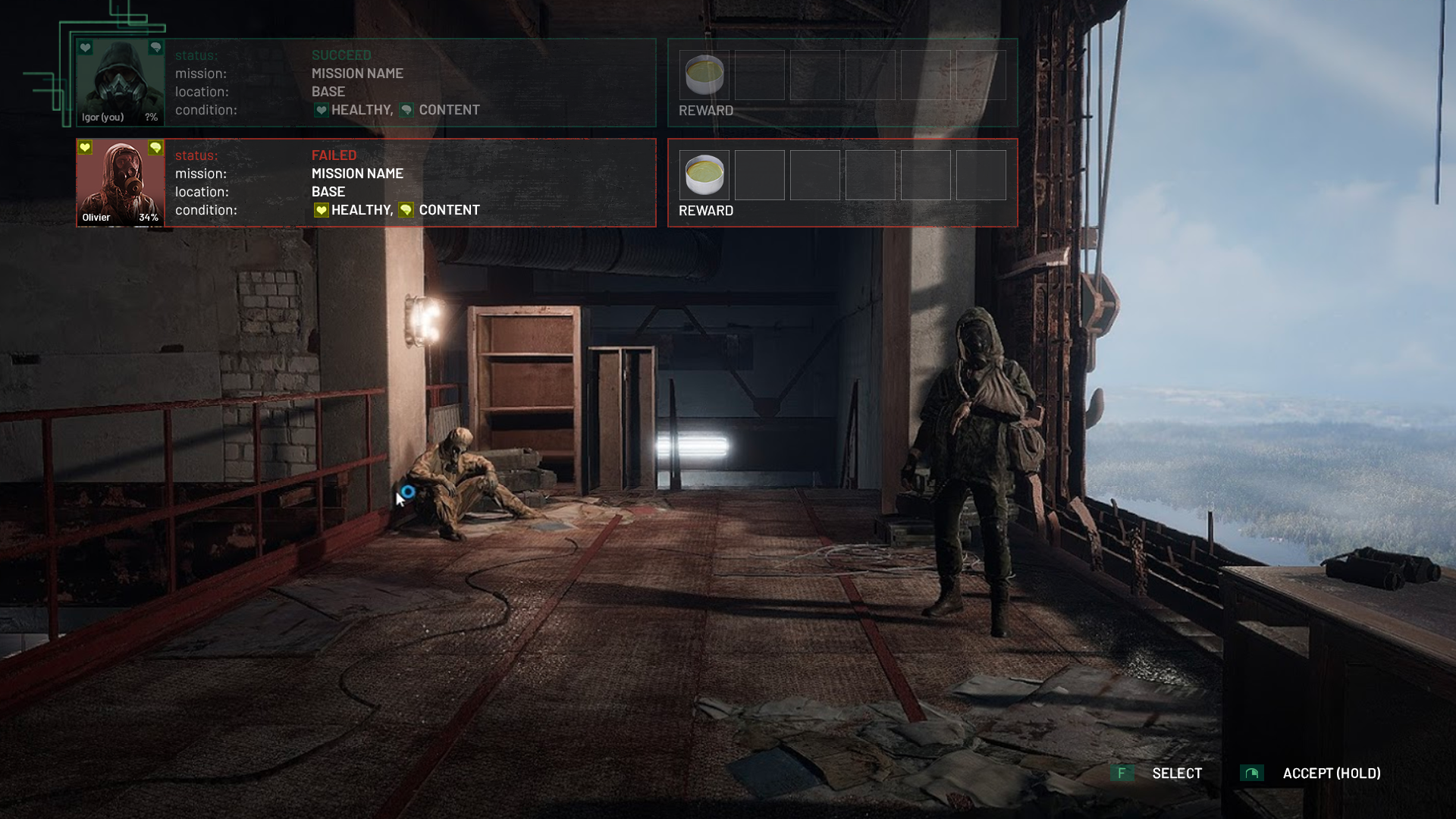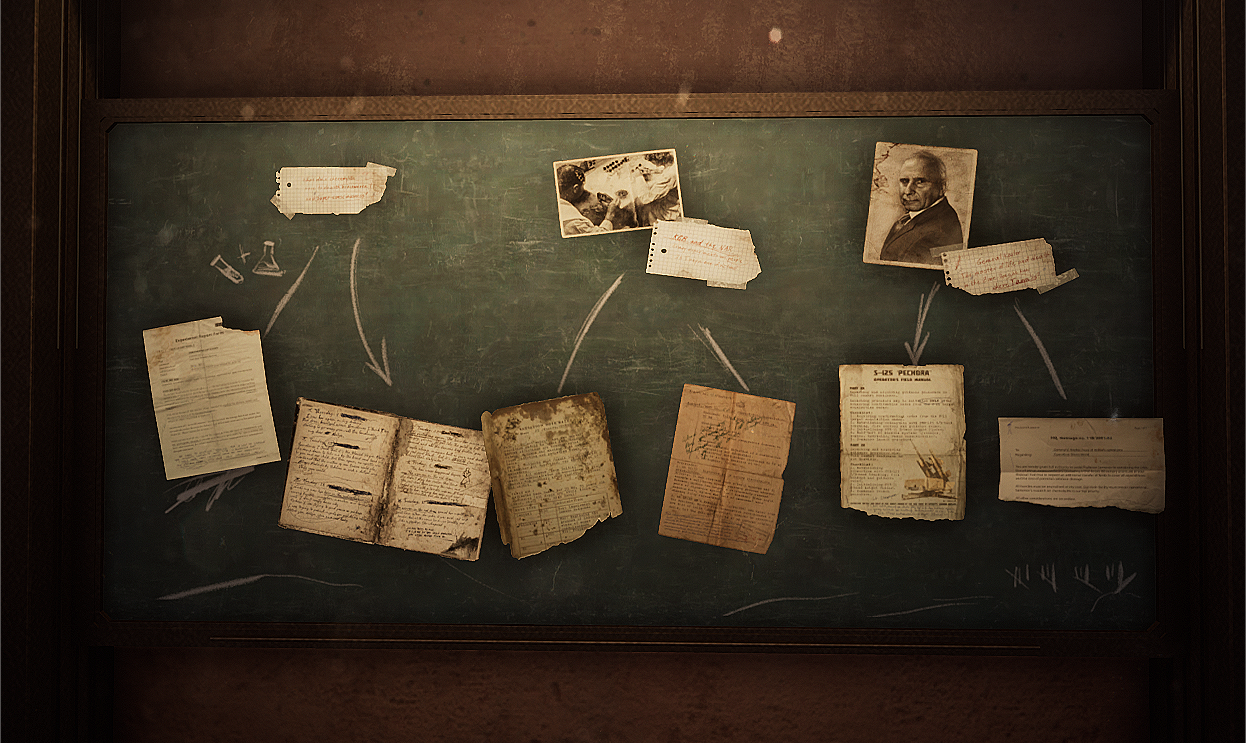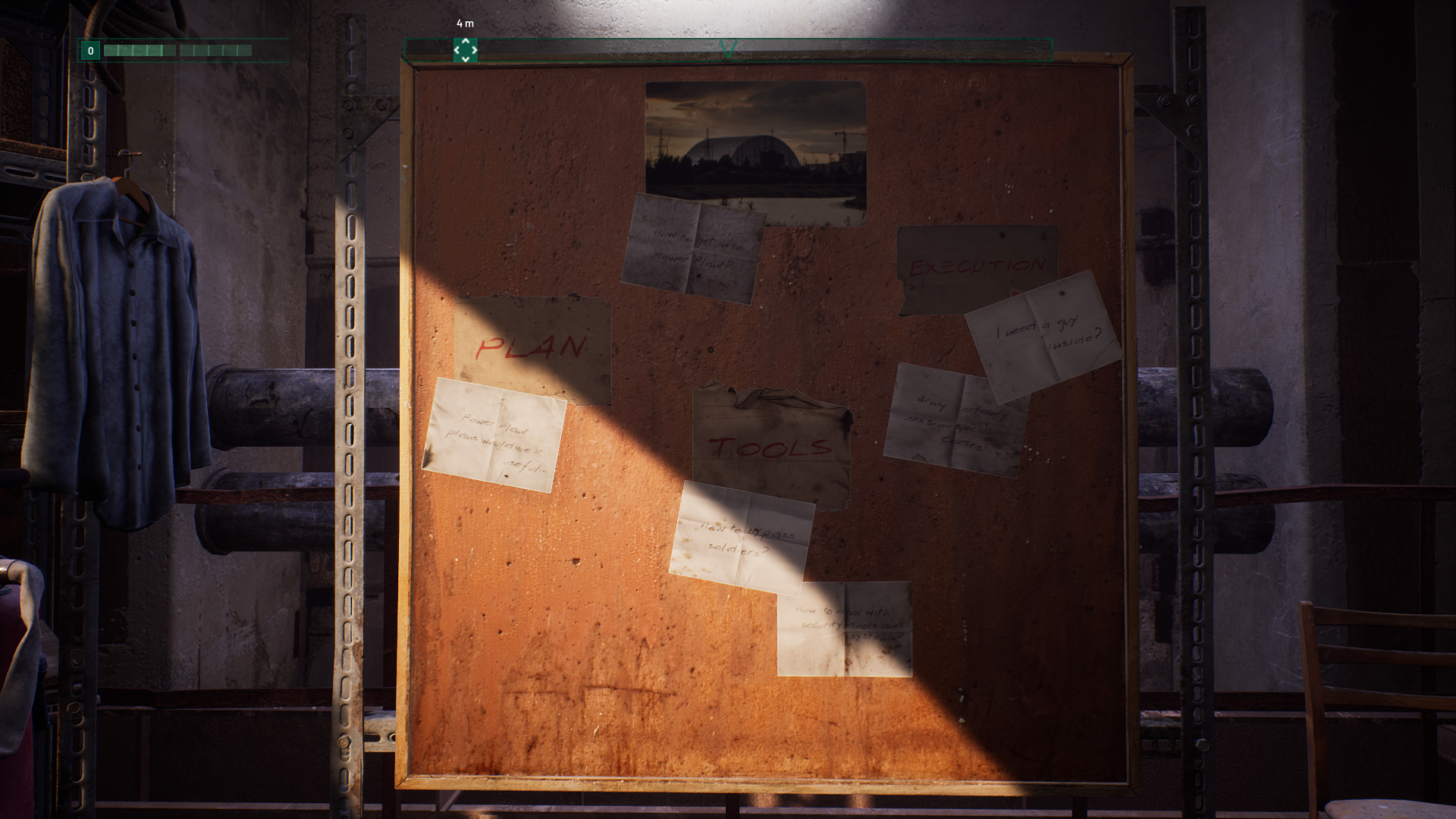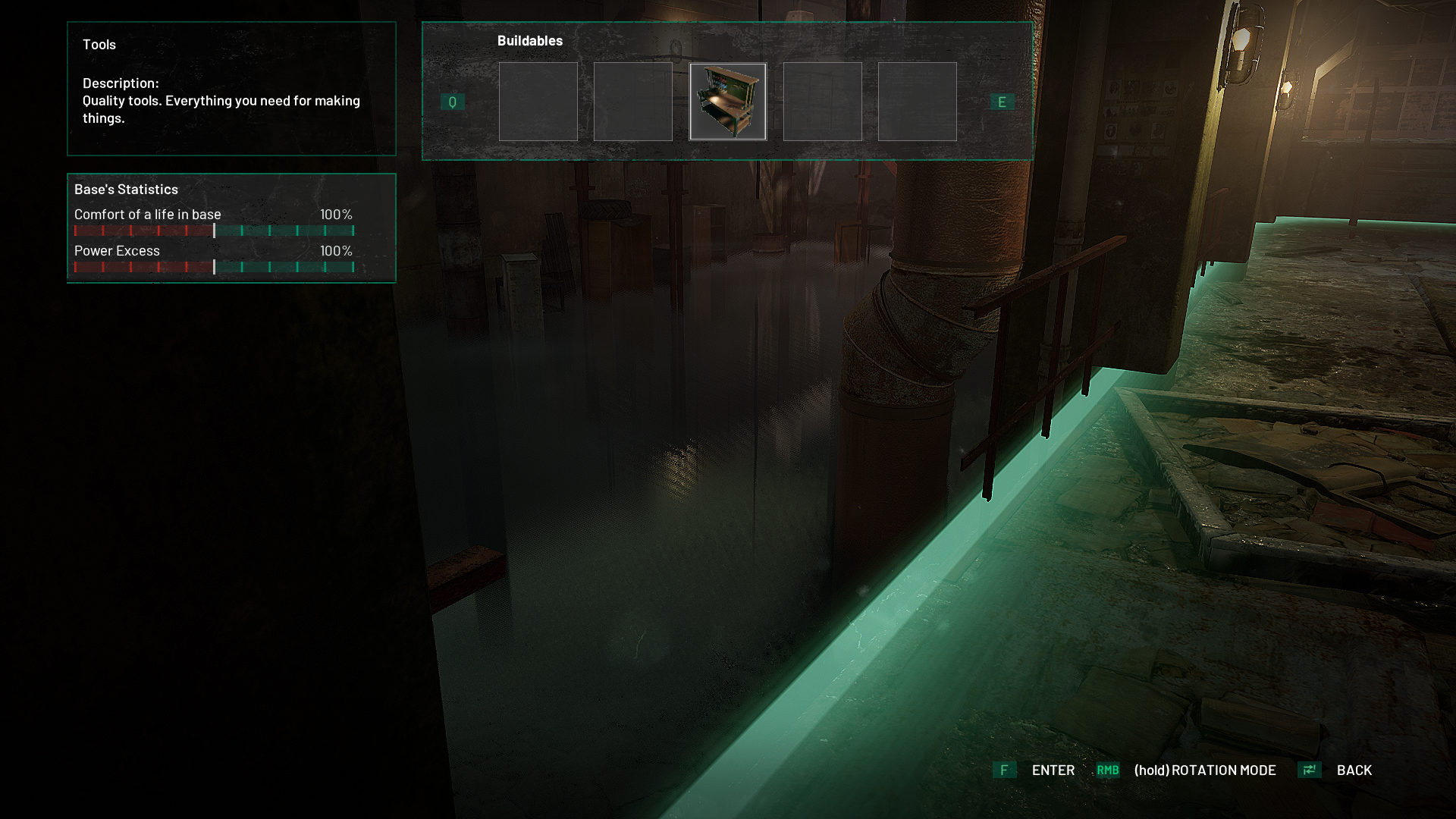
Jan 13, 2023
Chernobylite Complete Edition - Pablo
Hello Stalkers!
A week ago we posted on our Twitter a photo of one of the stray dogs that kept following us in Chernobyl. As is usually the case with photos of dogs and cats, the Internet was instantly filled with love. However, a few of you were quite surprised. Are stray dogs living in Chernobyl? Yes, they are. Many of them, actually.
After the disaster at the Chernobyl nuclear power plant in 1986, about 120,000 people were evacuated. They were told they would be able to return to their homes in 3 days, but that was not the case. And the worst part: the residents could not take their pets with them.
After the evacuation of Pripyat and the Exclusion Zone in the spring of 1986, Soviet Army soldiers were sent to shoot and kill the animals left behind (reportedly, residents left note cards on the door with pleas to spare their animals). However, it was not possible to catch and slaughter all the animals in the entire Exclusion Zone. After a while, they migrated to the area surrounding the Chernobyl nuclear power plant, where their descendants remain to this day.
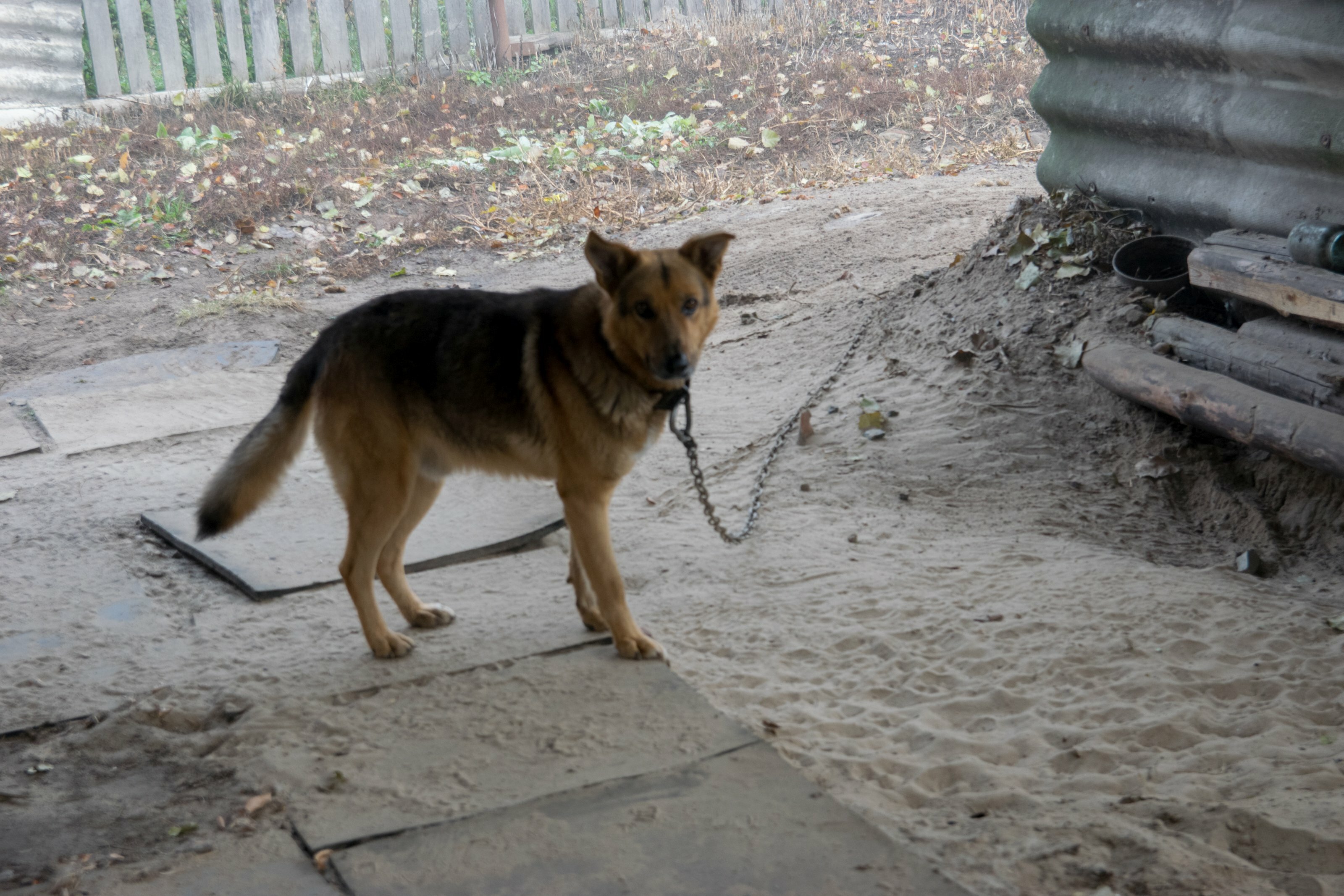
It is estimated that several hundred homeless dogs live in Chernobyl and its vicinity (there are also cats, several times less than dogs). However, despite the generational history, it cannot be concluded that it’s an ideal place for them to live. The greatest threat to the animals is not only radiation, but above all the lack of food and harsh winters. Most dogs simply freeze or are unable to cope with the competition for survival with other, stronger animals (dogs are driven from the forest to the power plant by packs of wolves). It is hard to find dogs older than 6 years; most rarely live longer than 4-5 years.
Every year, new puppies are born, which are taken care of by employees of the power plant: they feed them with the remains of their own meals, bring them indoors so that they can survive the harsh Ukrainian winter, and treat their wounds. At the same time they expose themselves to rabies by interacting with dogs. In total, it is estimated that more than 3,500 people interact with more than 500 stray dogs roaming the power plant site.
Dogs are also supported by guides. They set up small shelters where the animals can eat leftover food and find a place to sleep during the cold nights. However, these people wish they could get more humanitarian support for these animals.
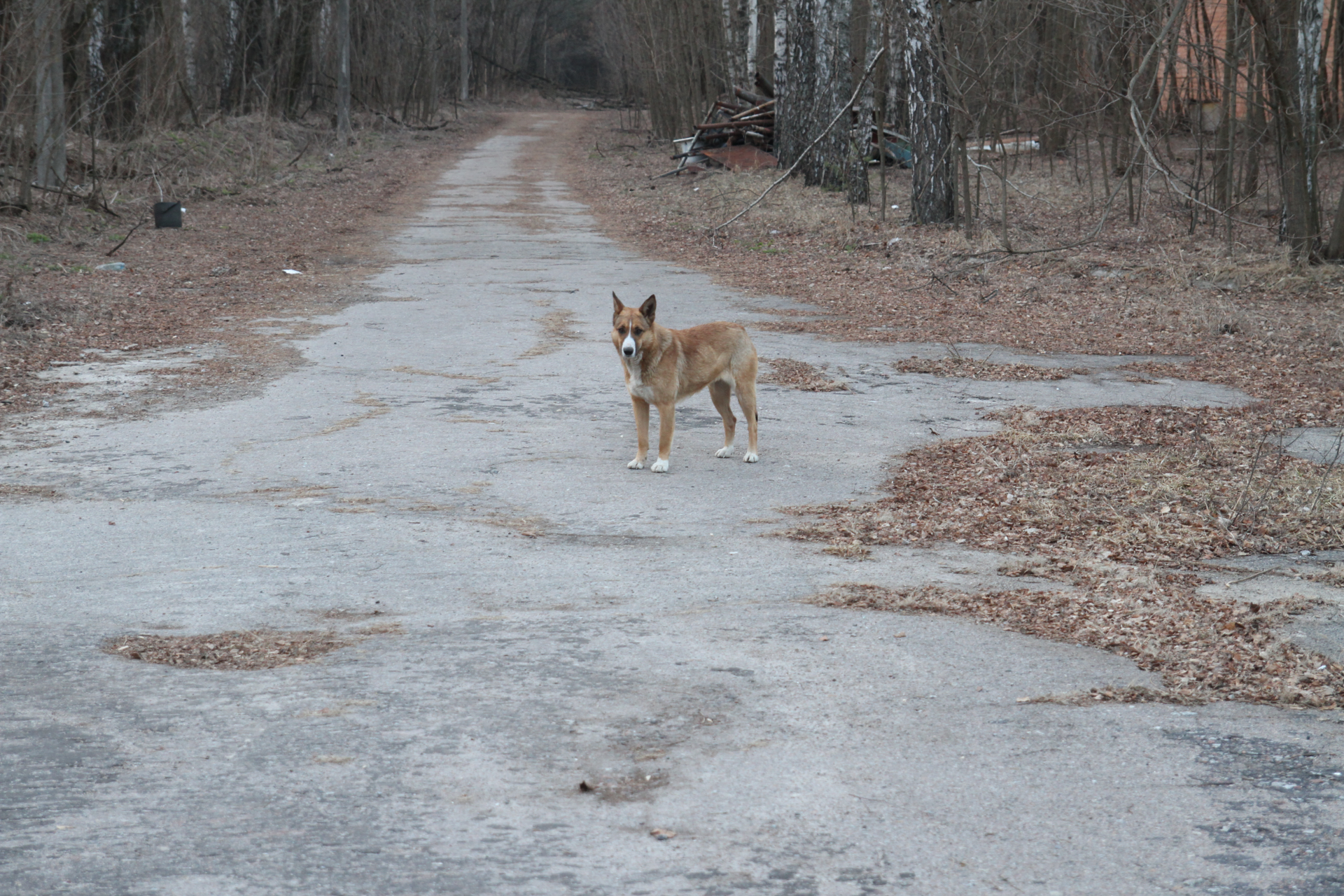
But the power plant workers and zone guides are not the only help that Chernobyl dogs can receive. The American non-profit organization Clean Futures Fund (dealing, among other things, with veterinary assistance for dogs living in the exclusion zone) has launched the Dogs of Chernobyl program. Its goal is to reduce the population of Chernobyl dogs by sterilizing them. In addition, the animals undergo medical examinations and vaccinations. The program also includes cats that also require care. The authors of the project claim that for the last several years they have observed a drastic decrease in the number of stray animals inhabiting the zone, which means less suffering.
One more question that begs answering: can Chernobyl dogs be petted? Although quadrupeds are generally friendly towards zone tourists and the temptation is huge, it is worth sticking to the applicable rules and keeping your hands to yourself.

That's it for today!
Take care, Stalkers!Do you like Chernobylite? Give us a review.

Follow our official channels to stay up to date:
 Like us on Facebook
Like us on Facebook Follow us on Twitter
Follow us on Twitterhttps://store.steampowered.com/app/1016800/Chernobylite/





